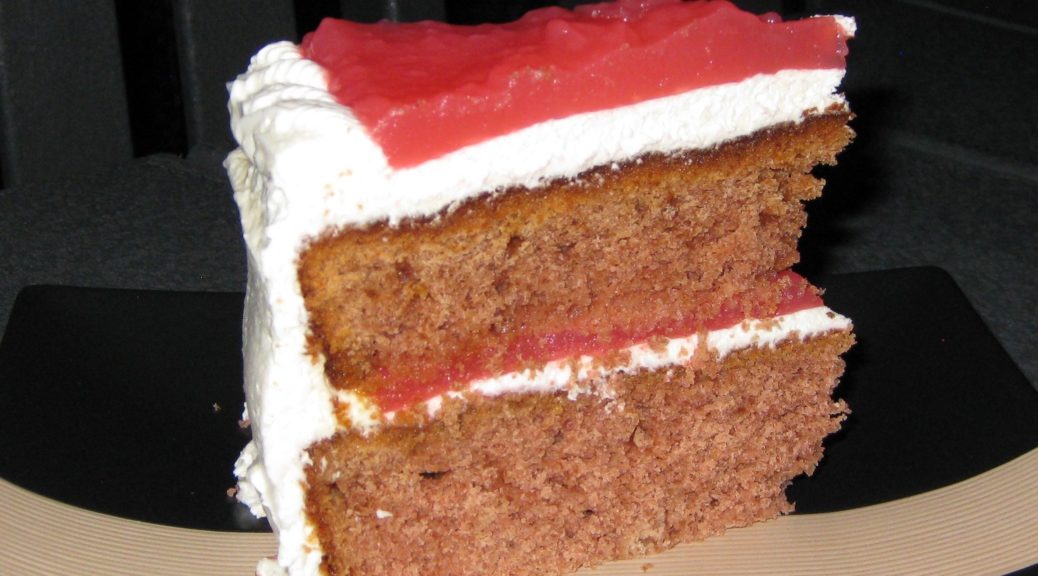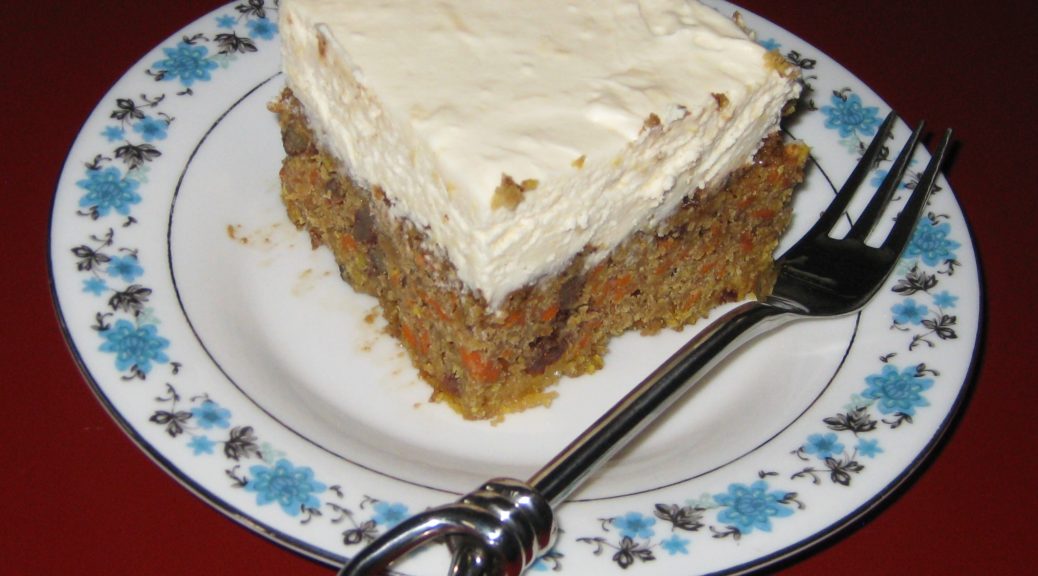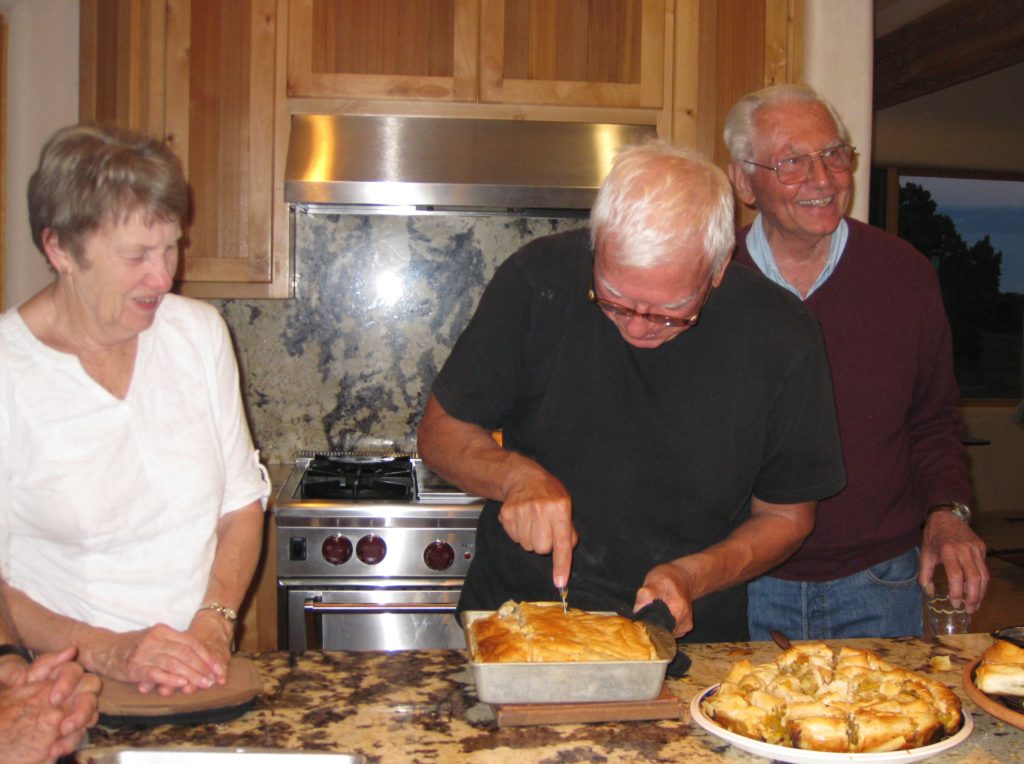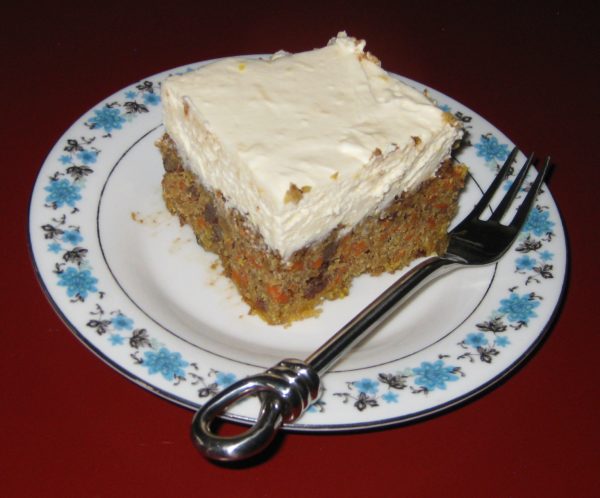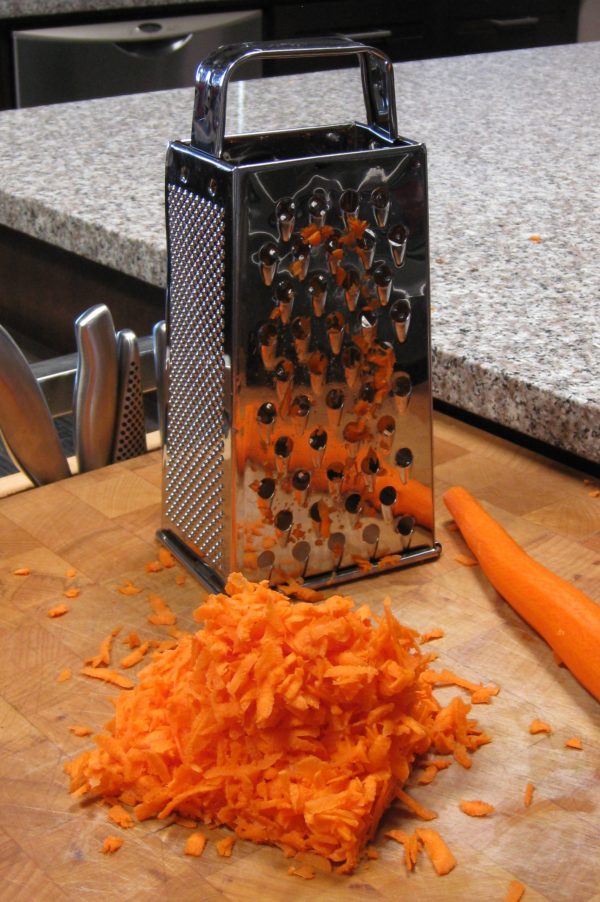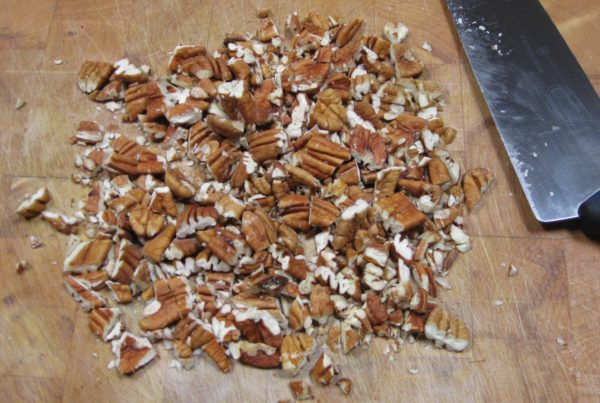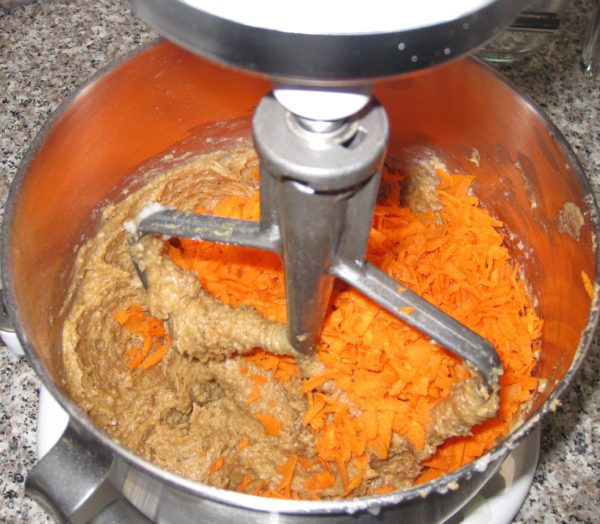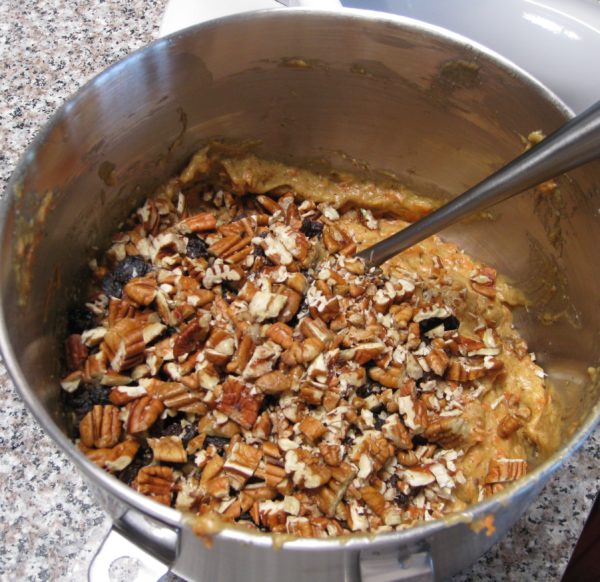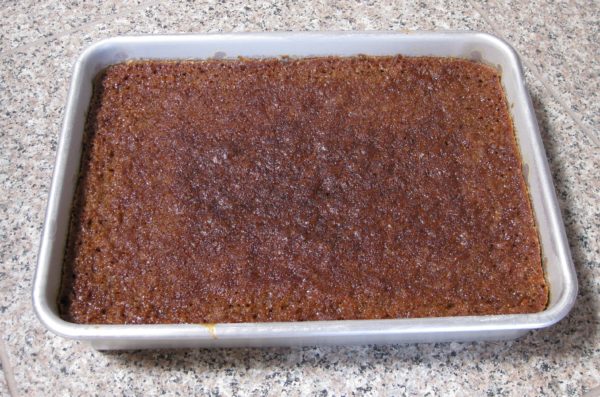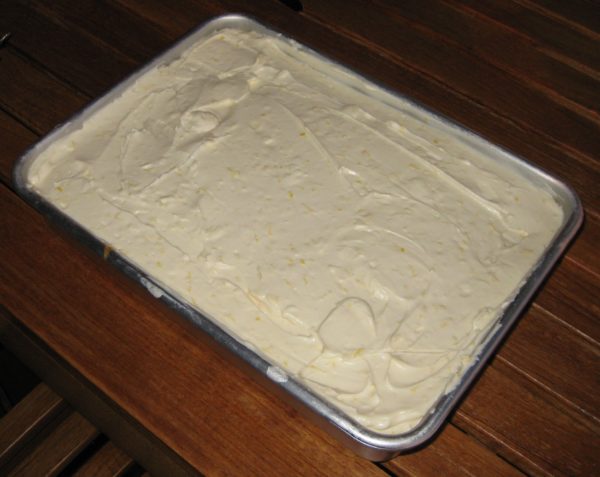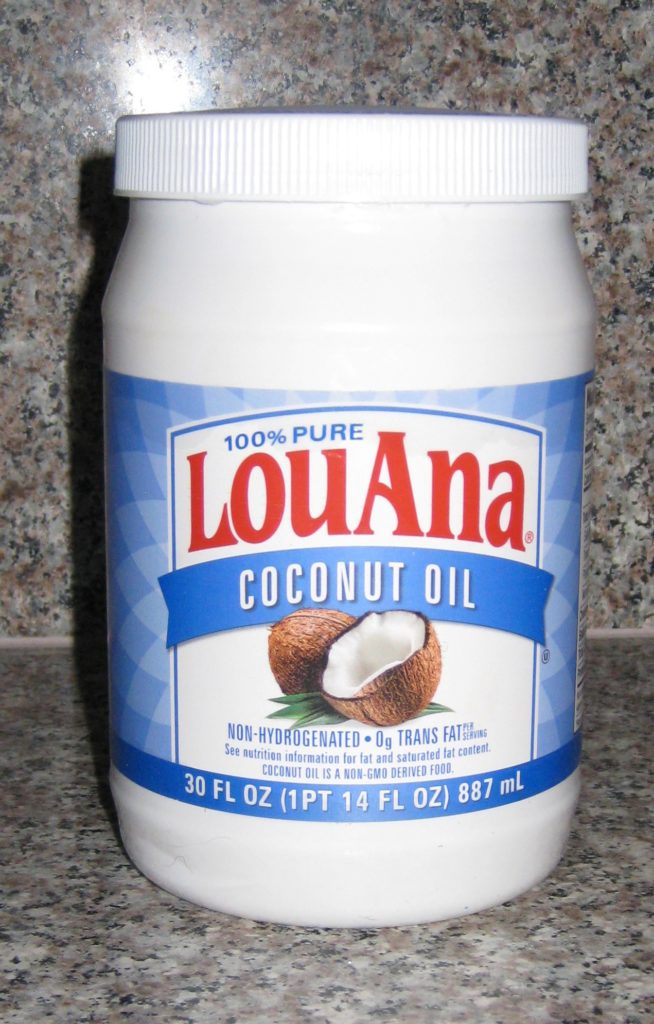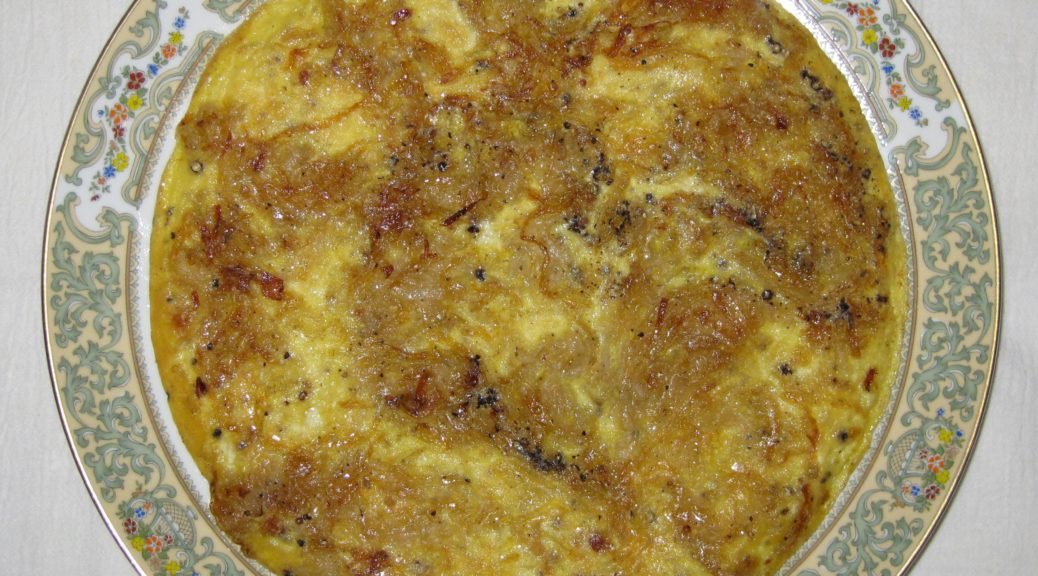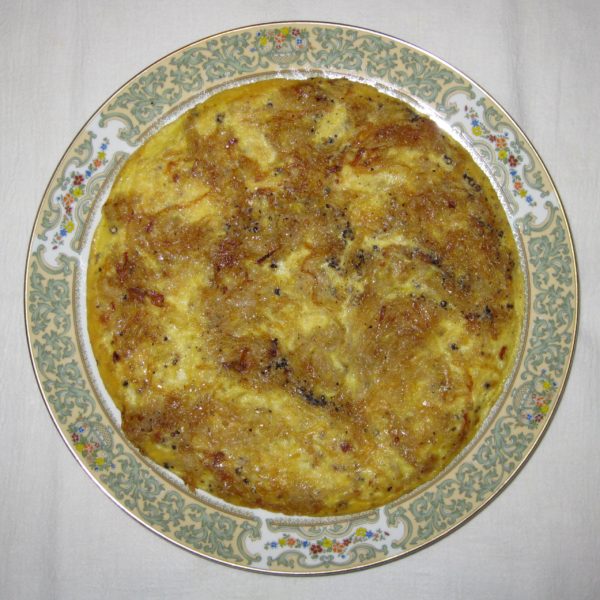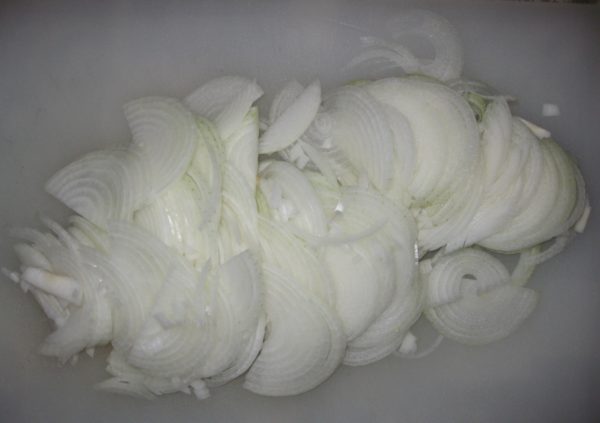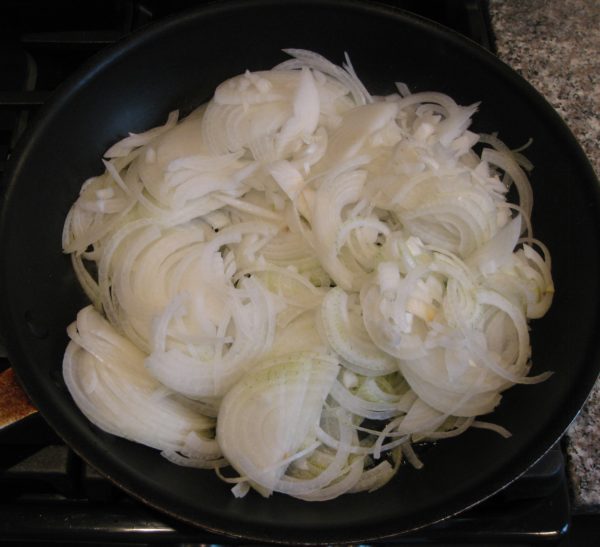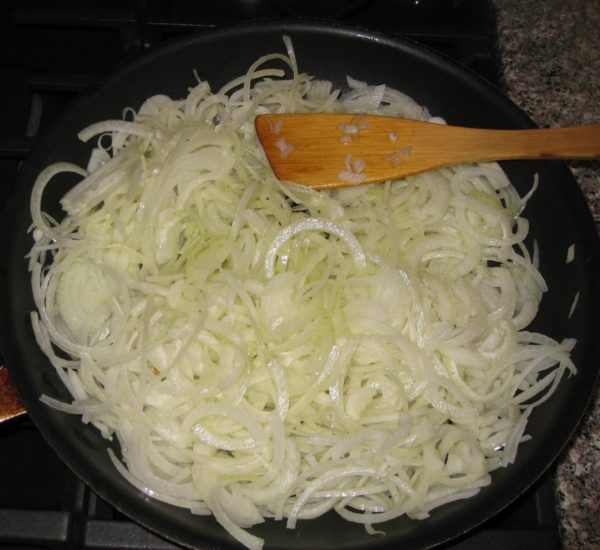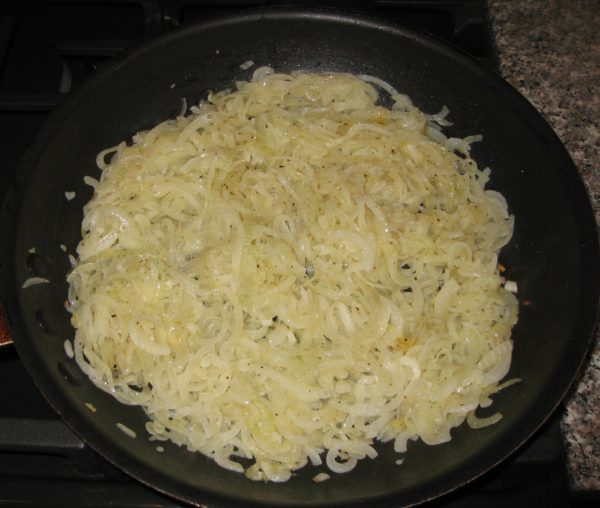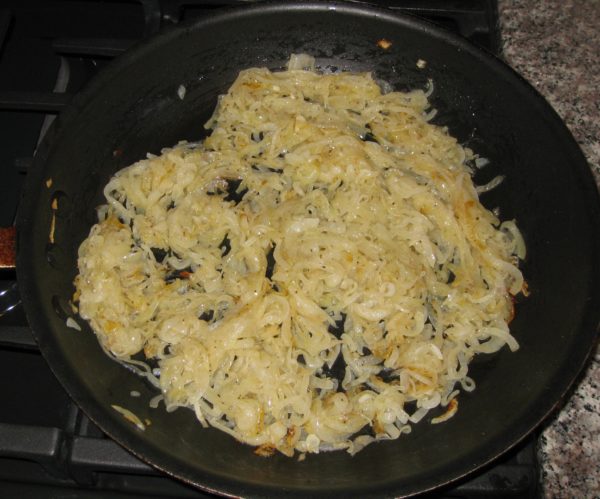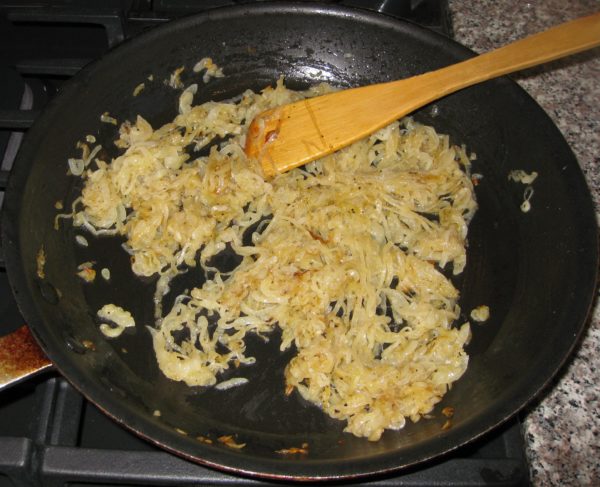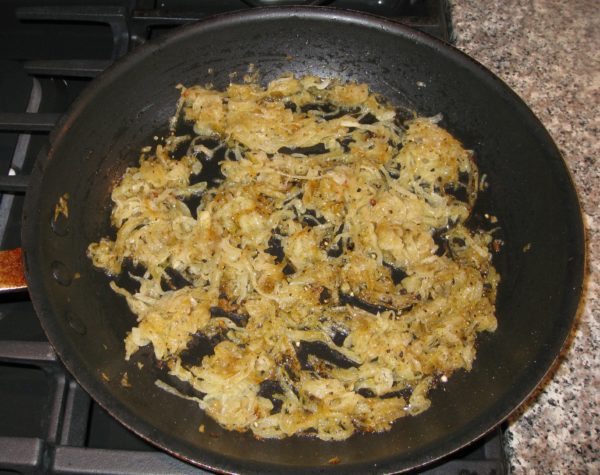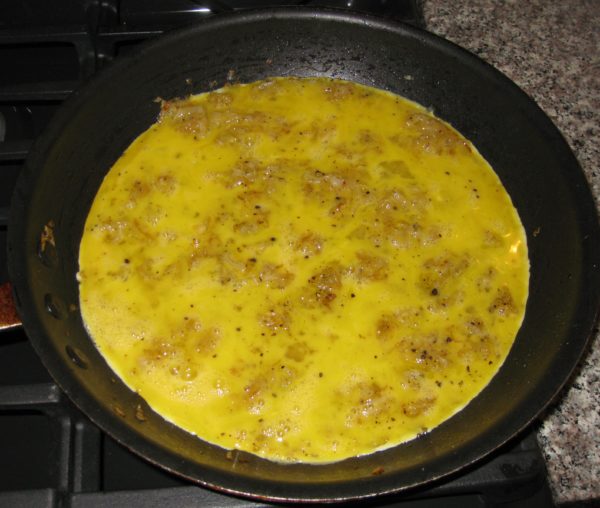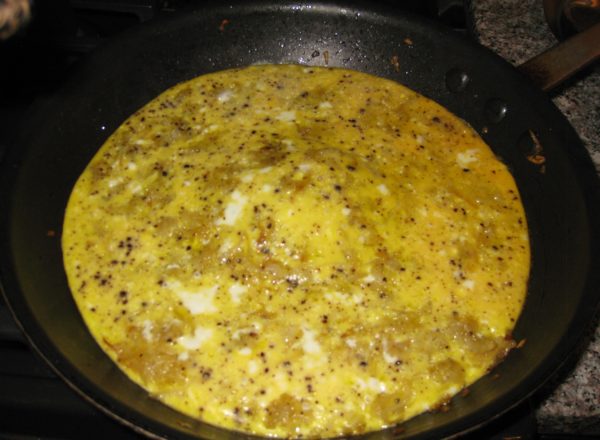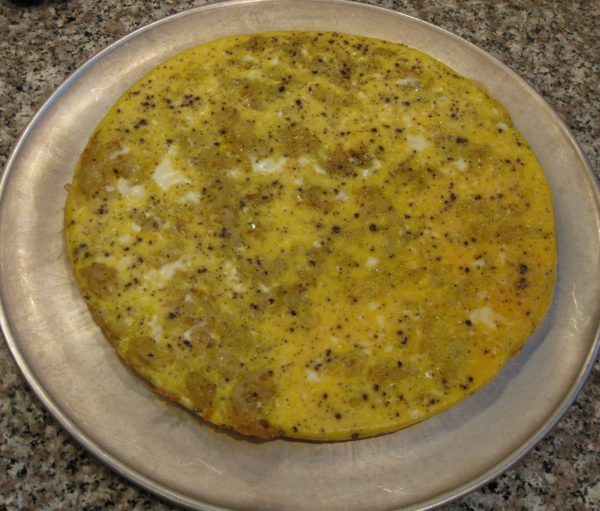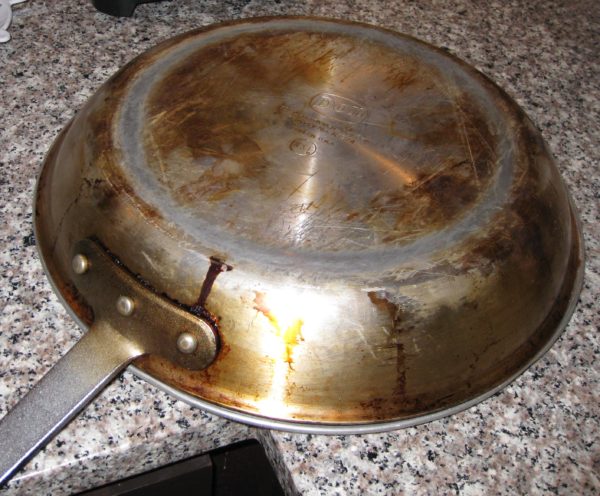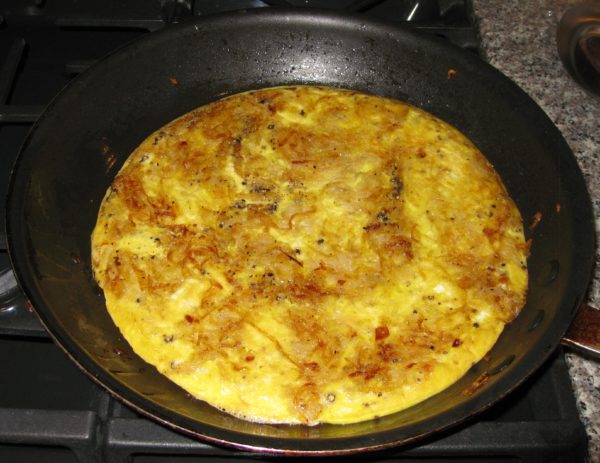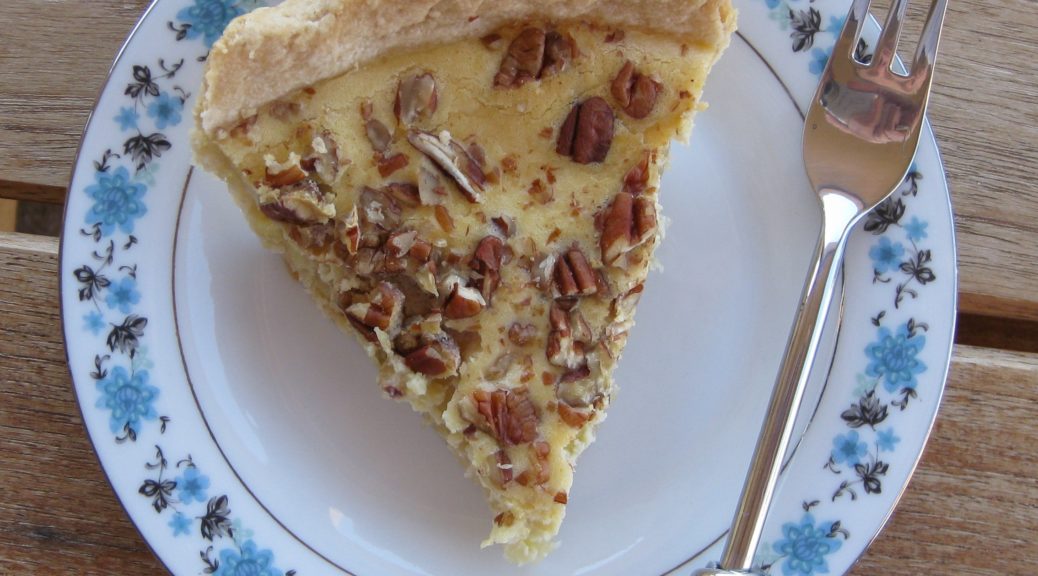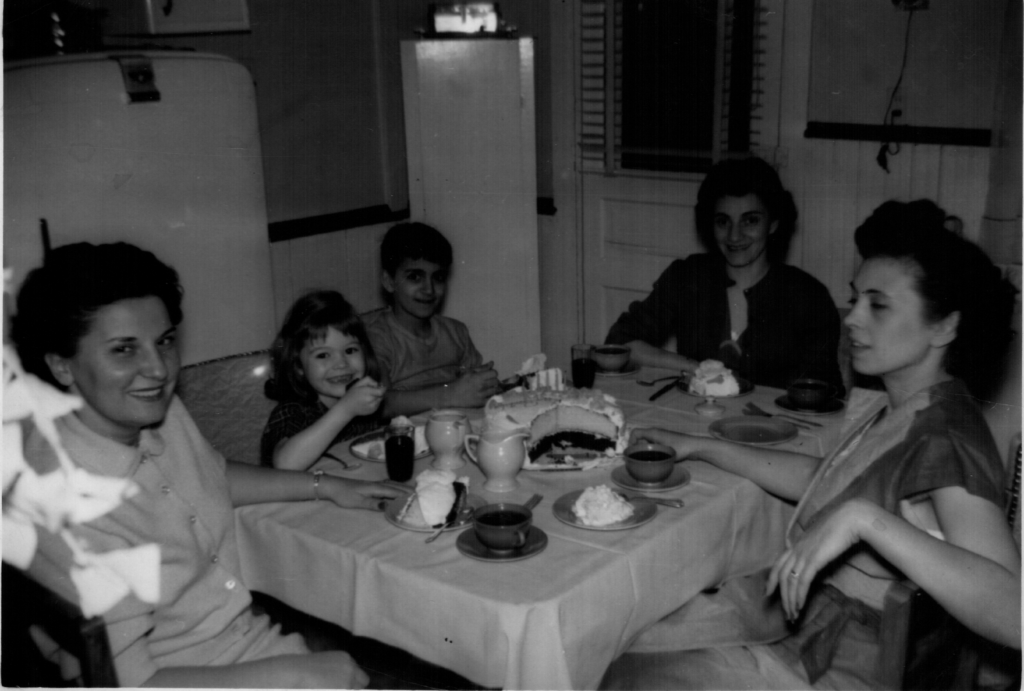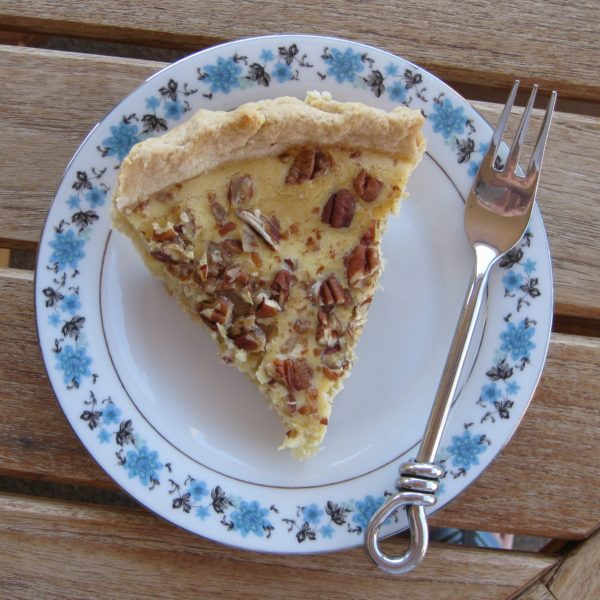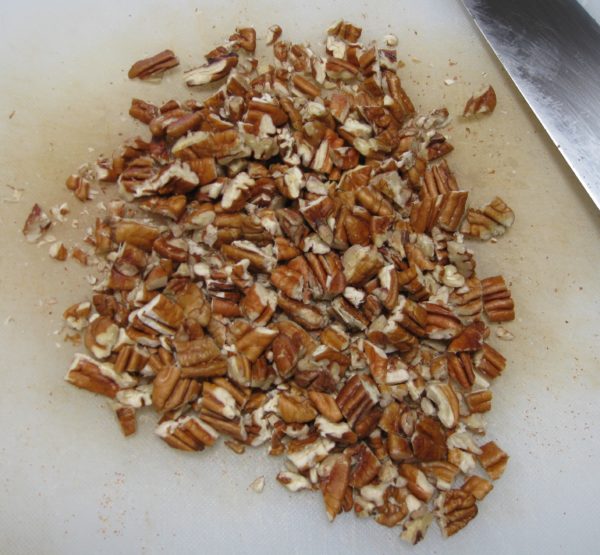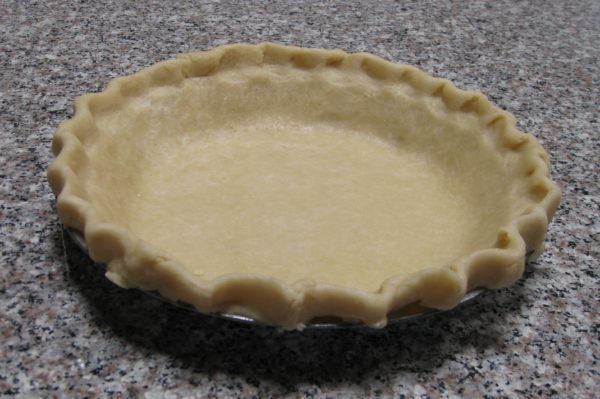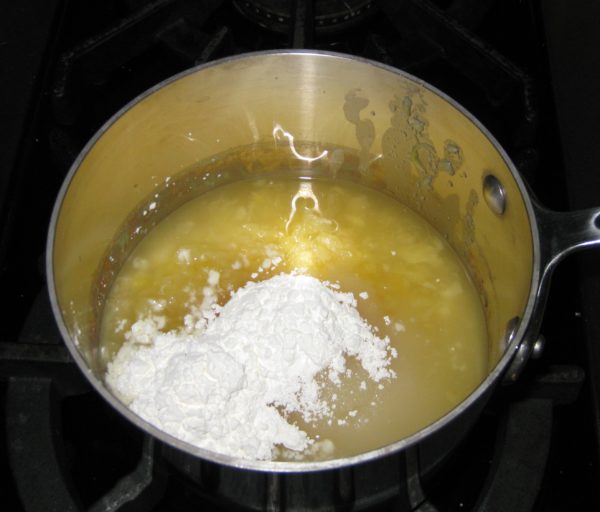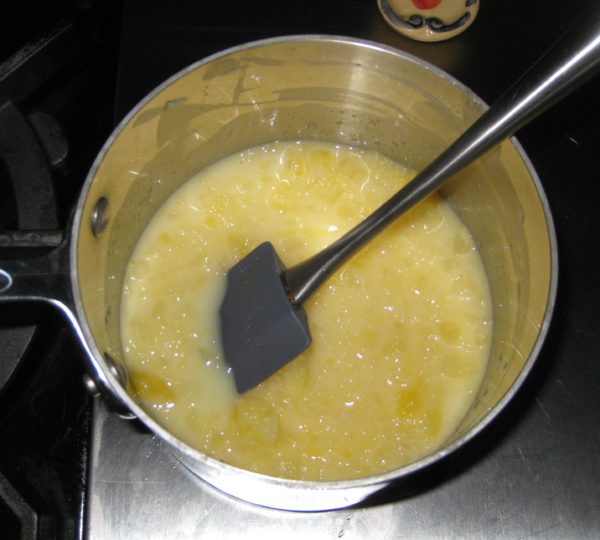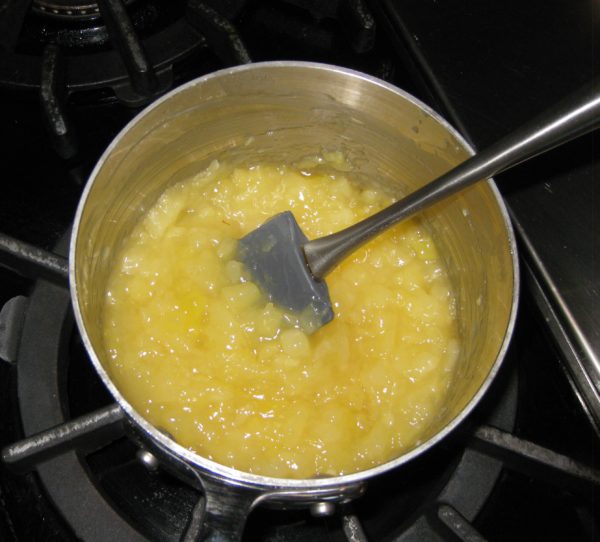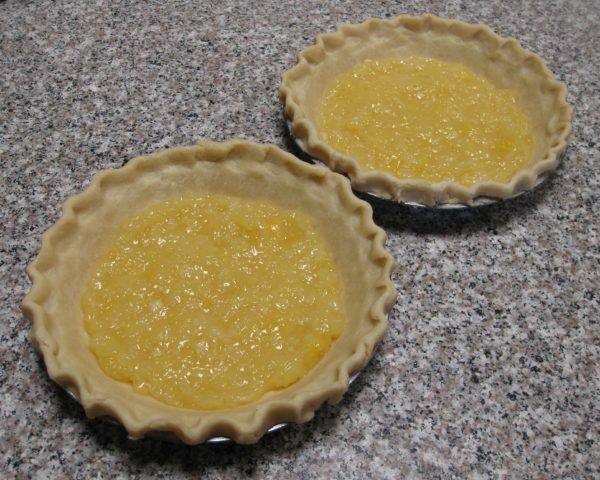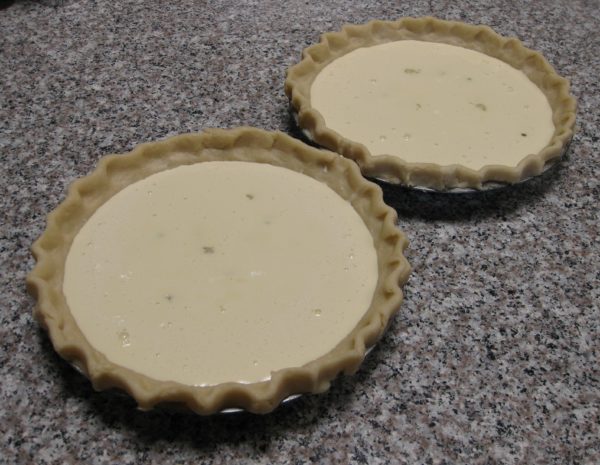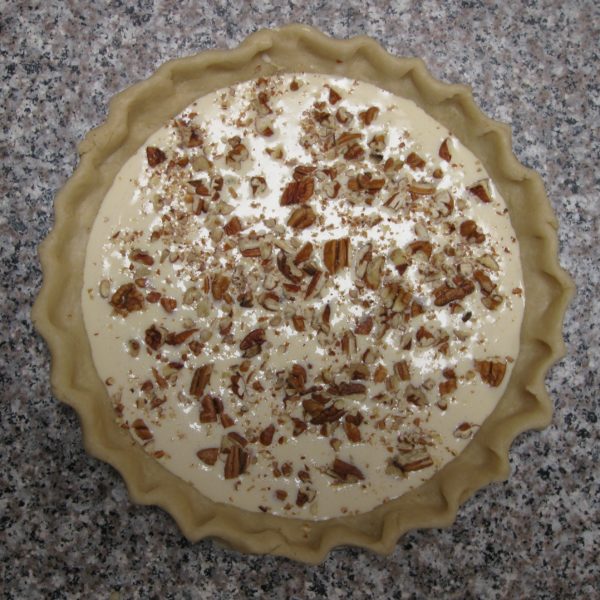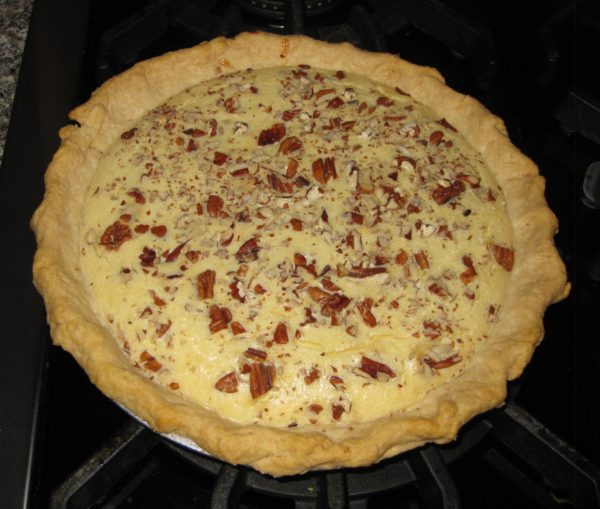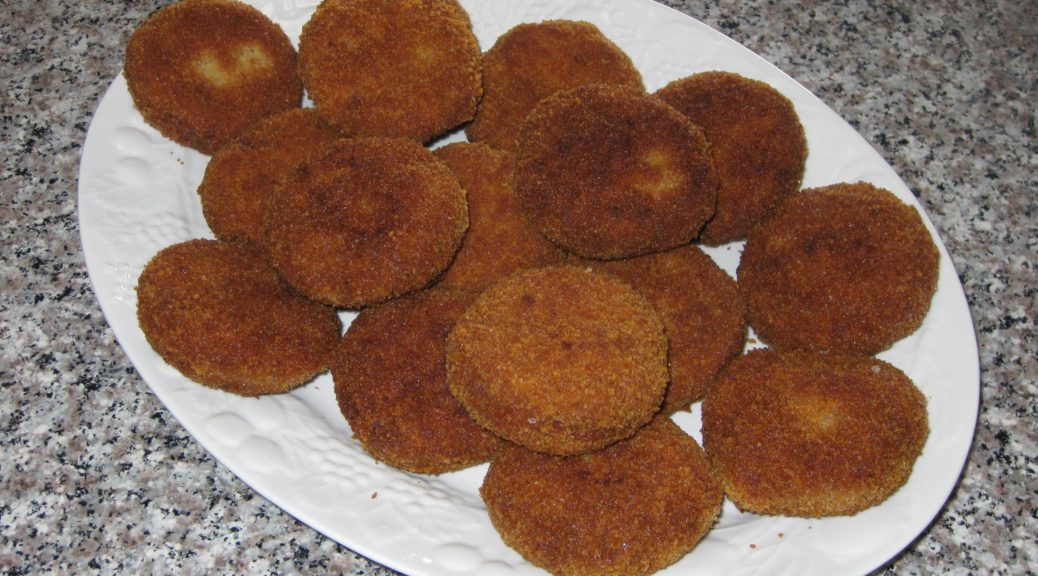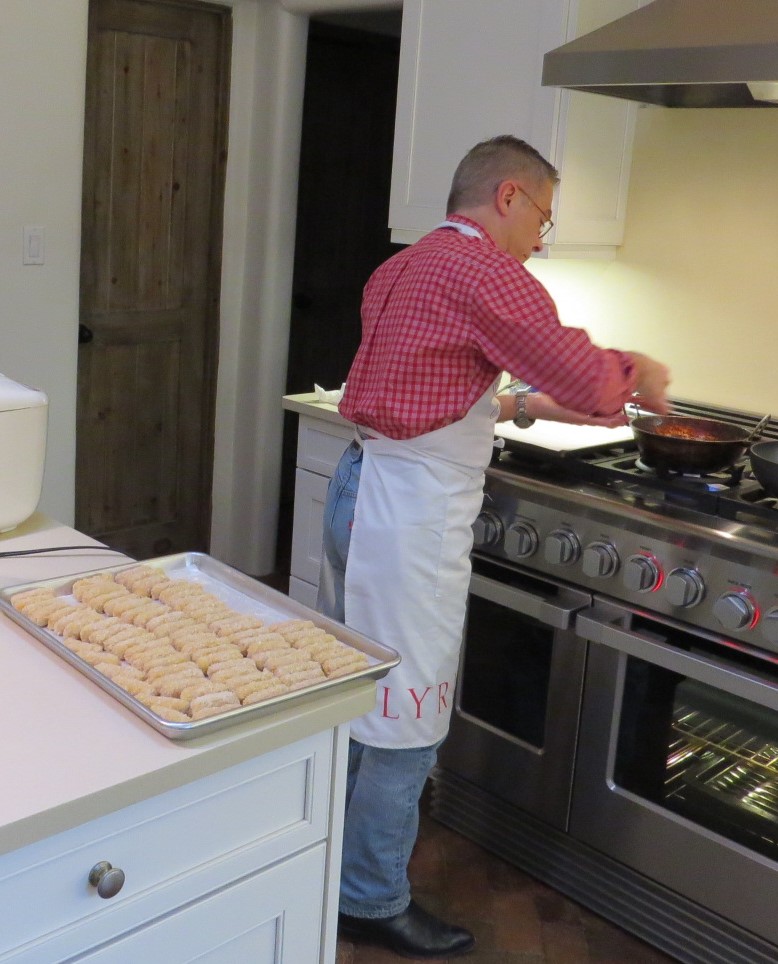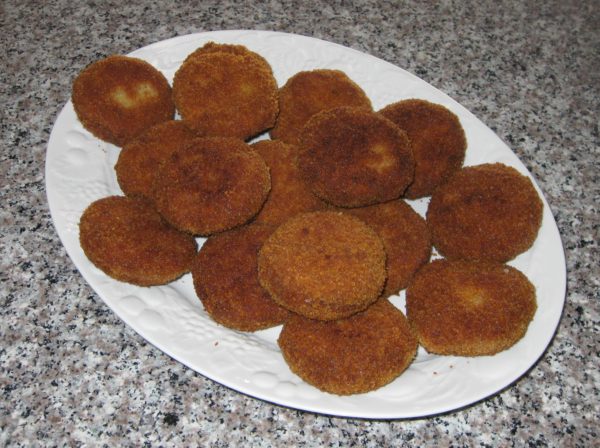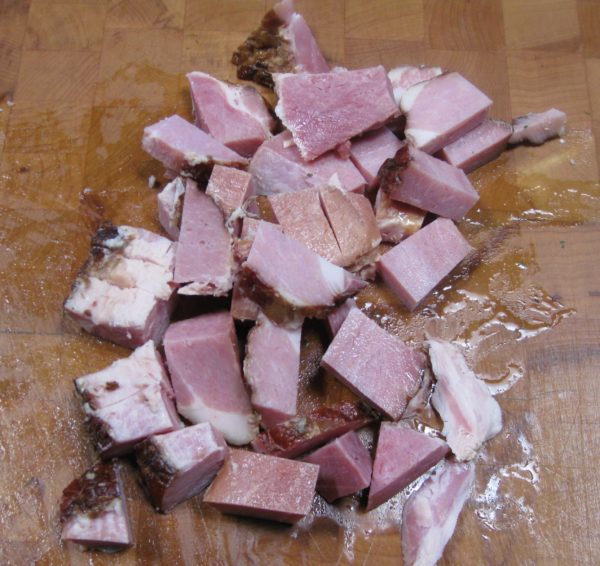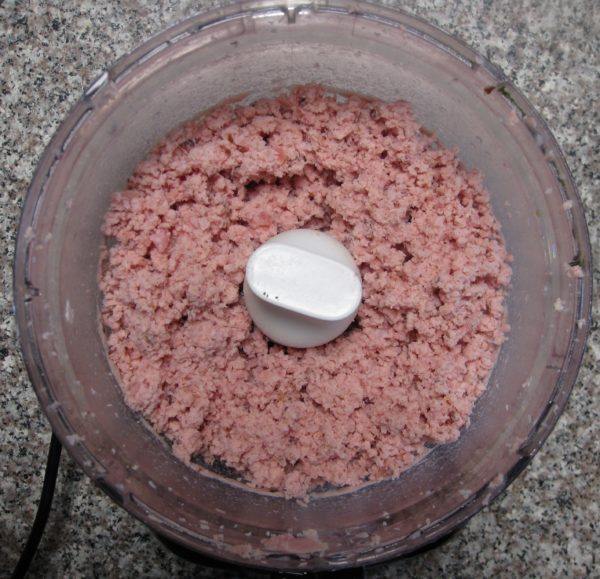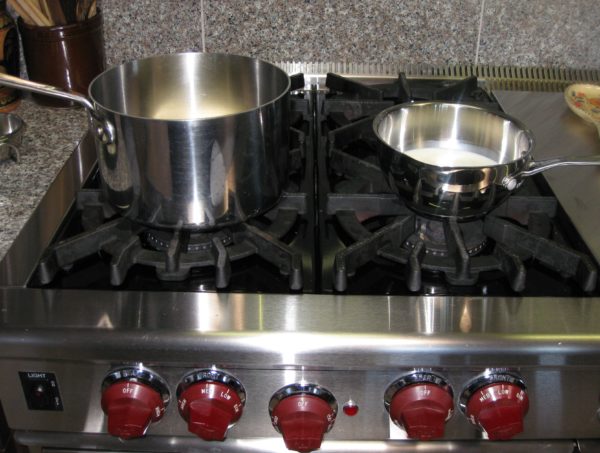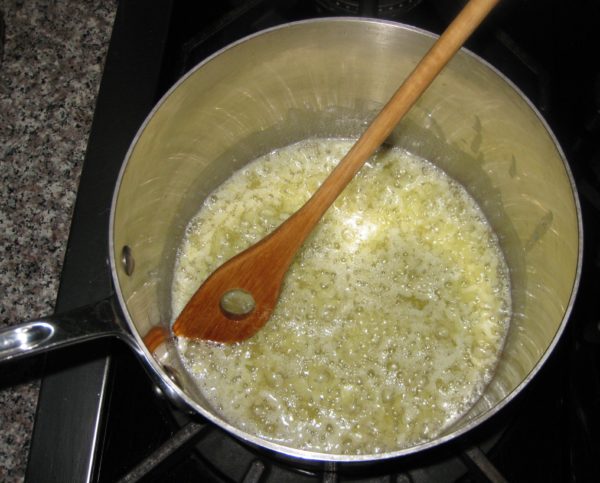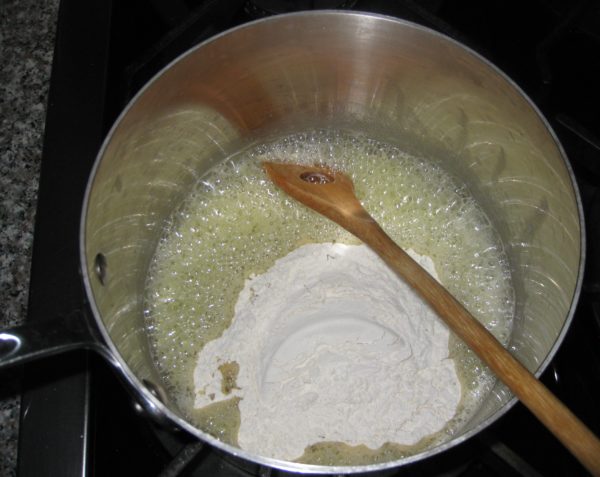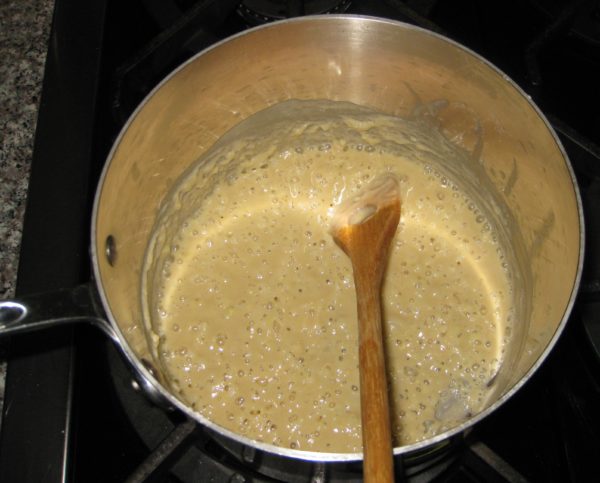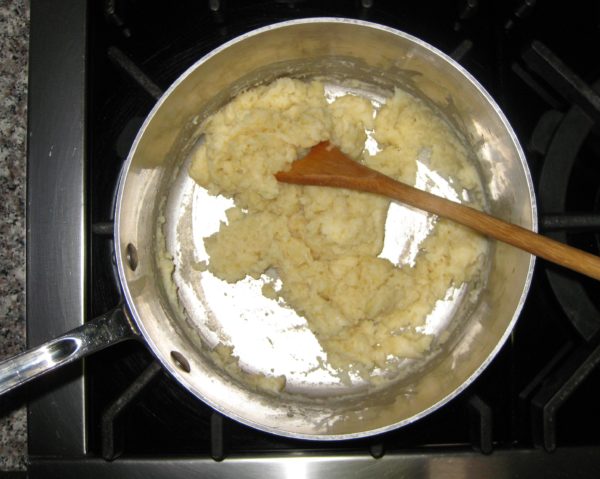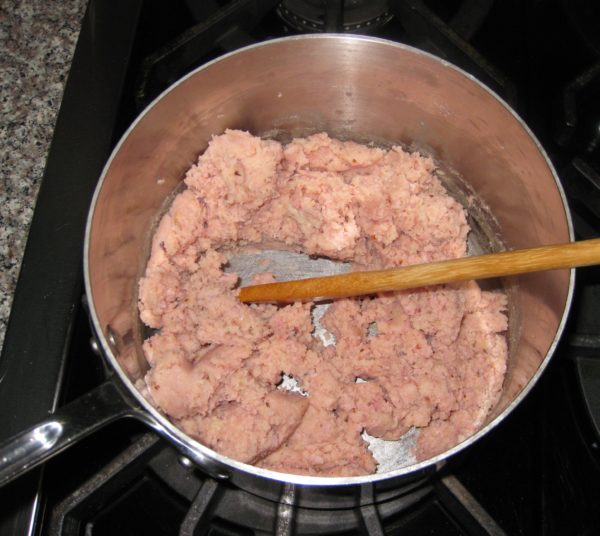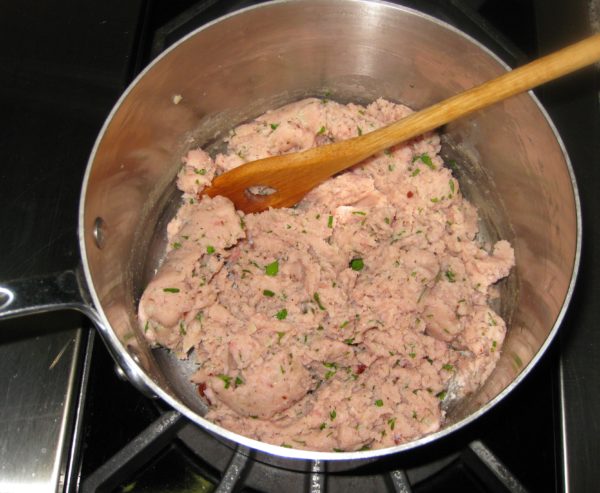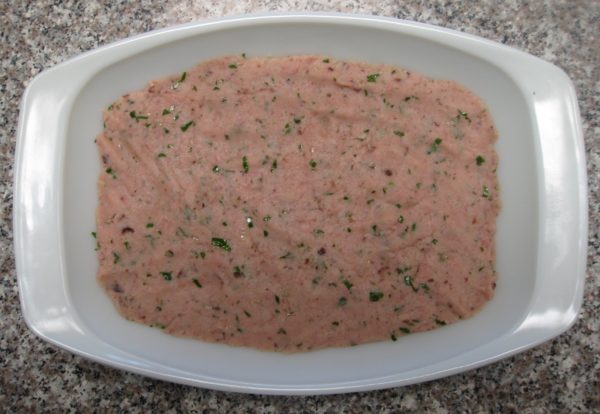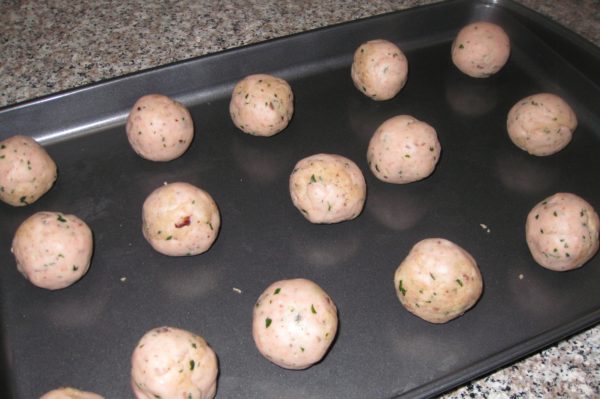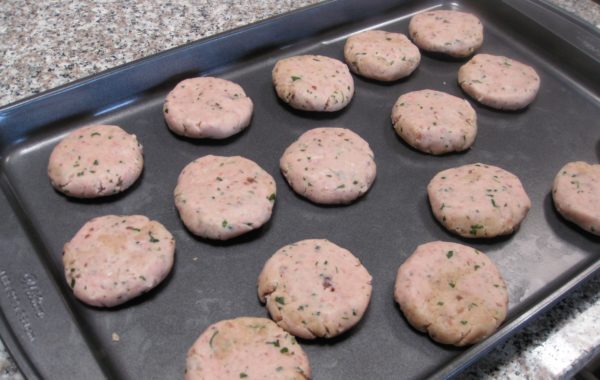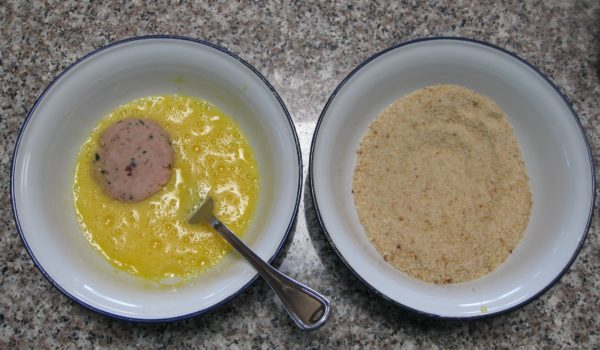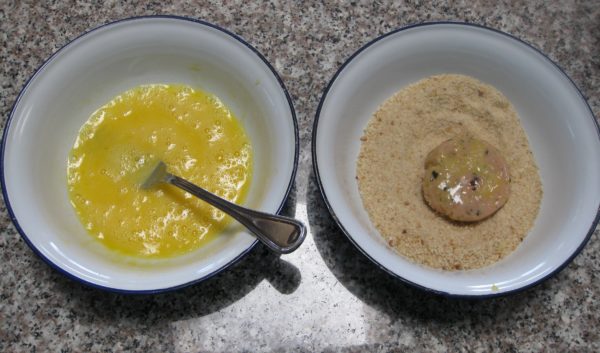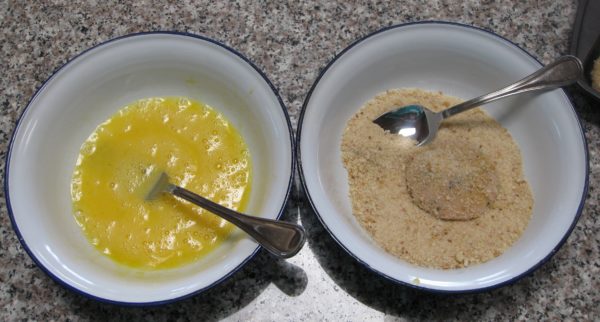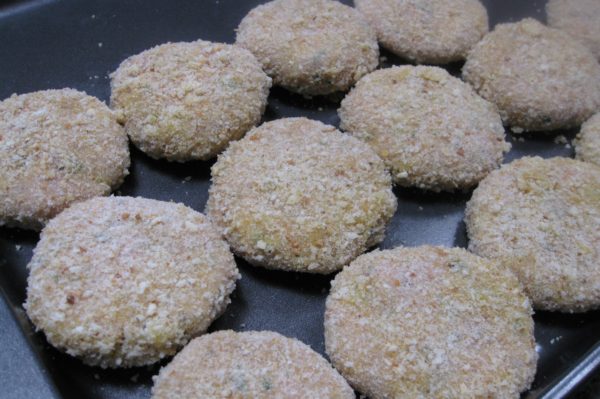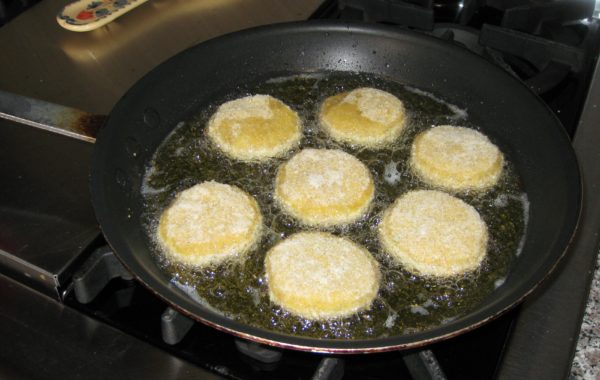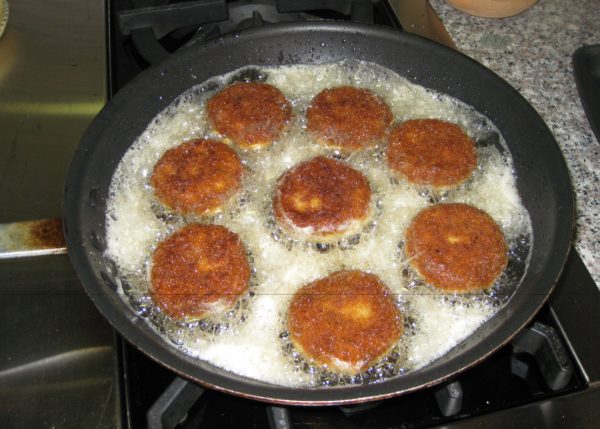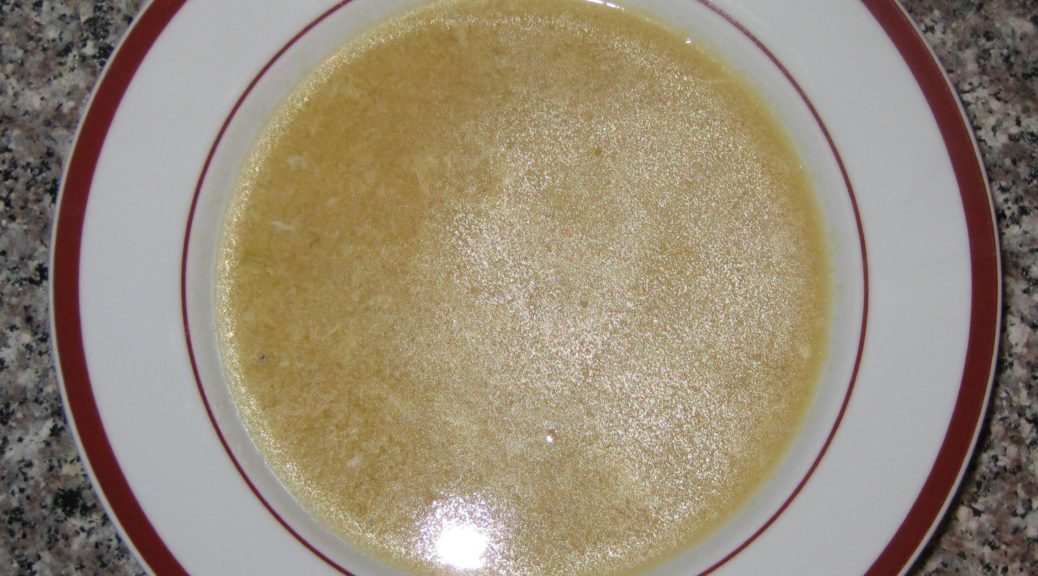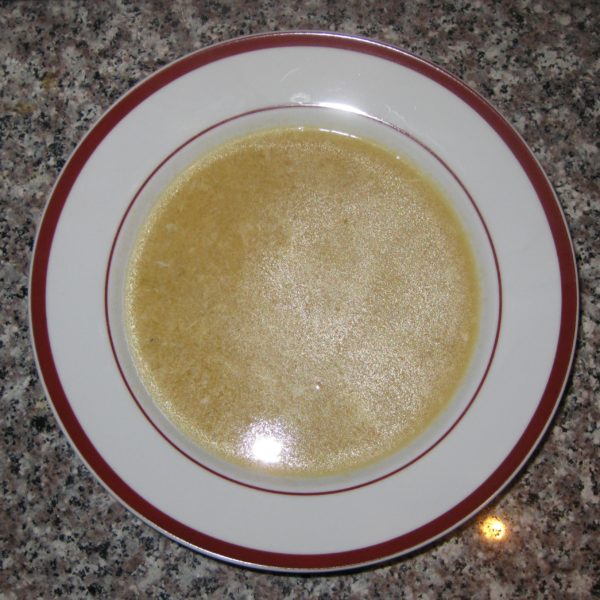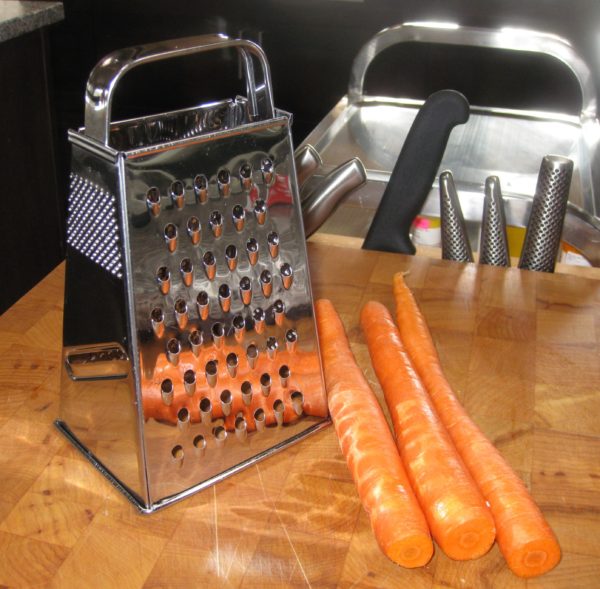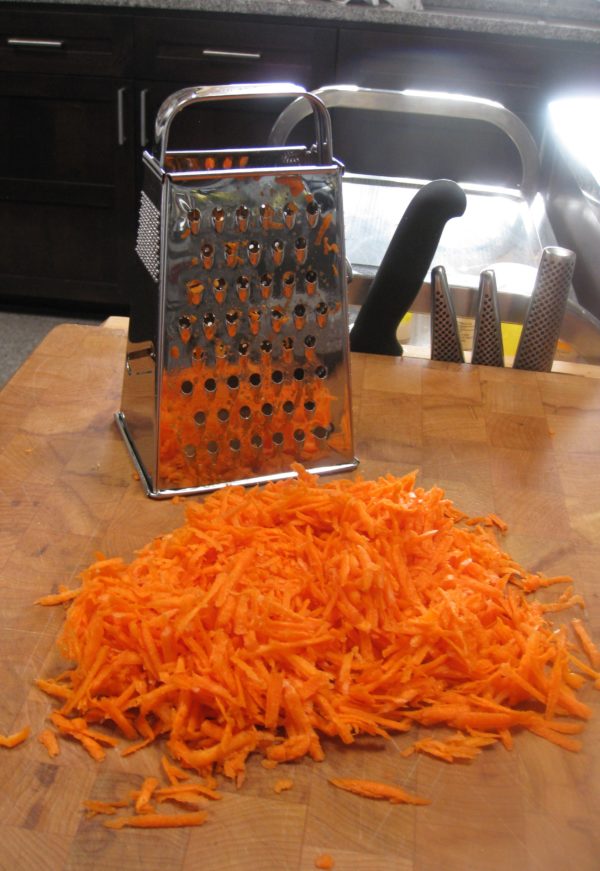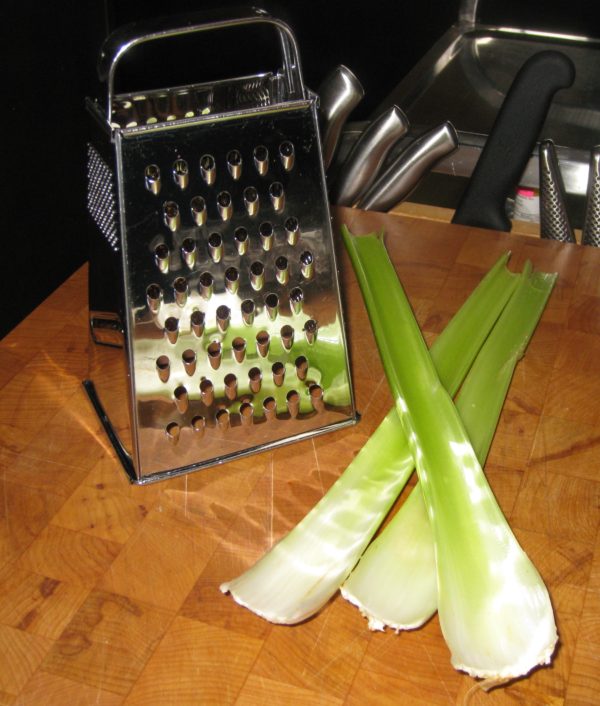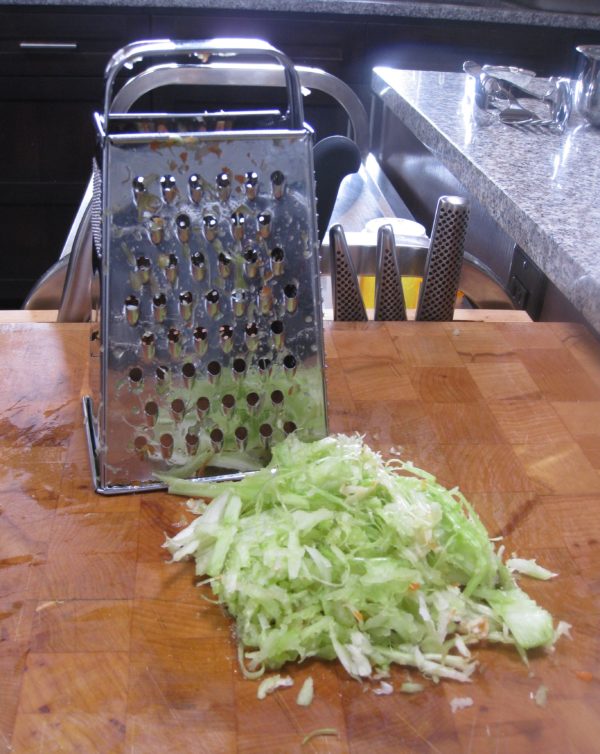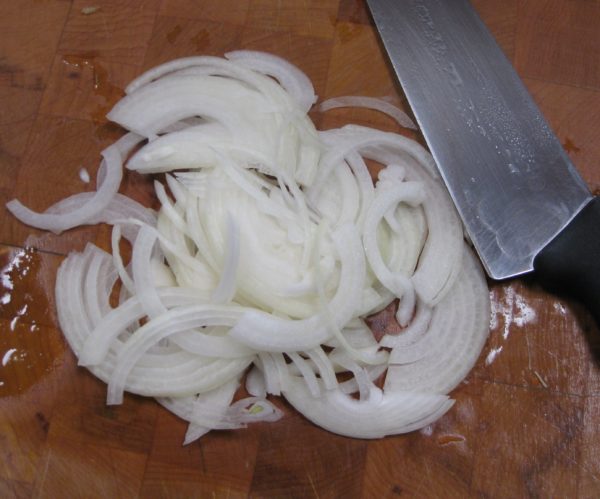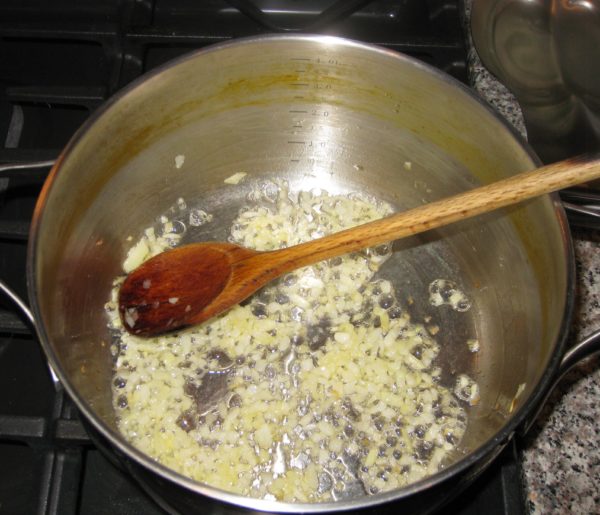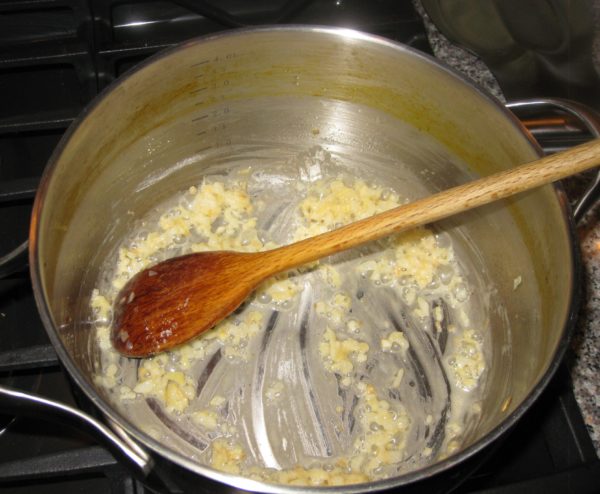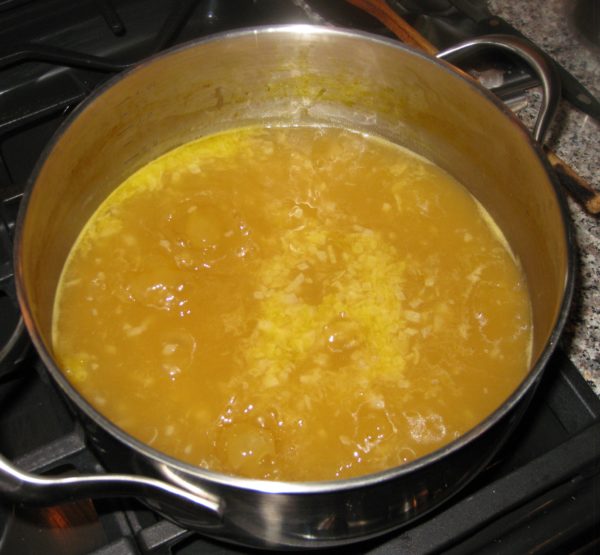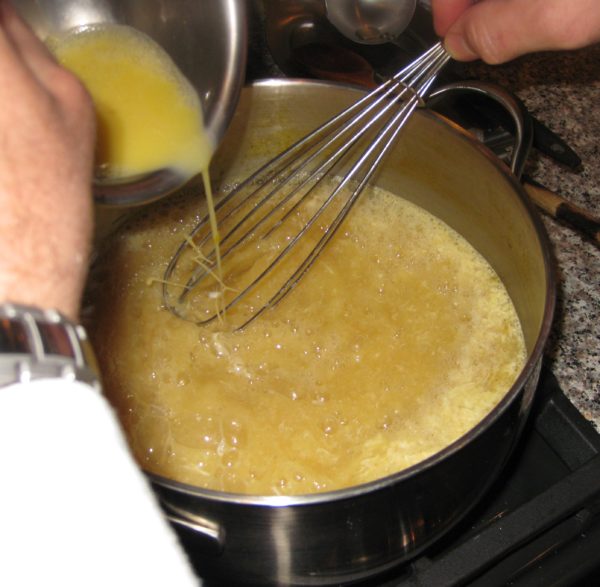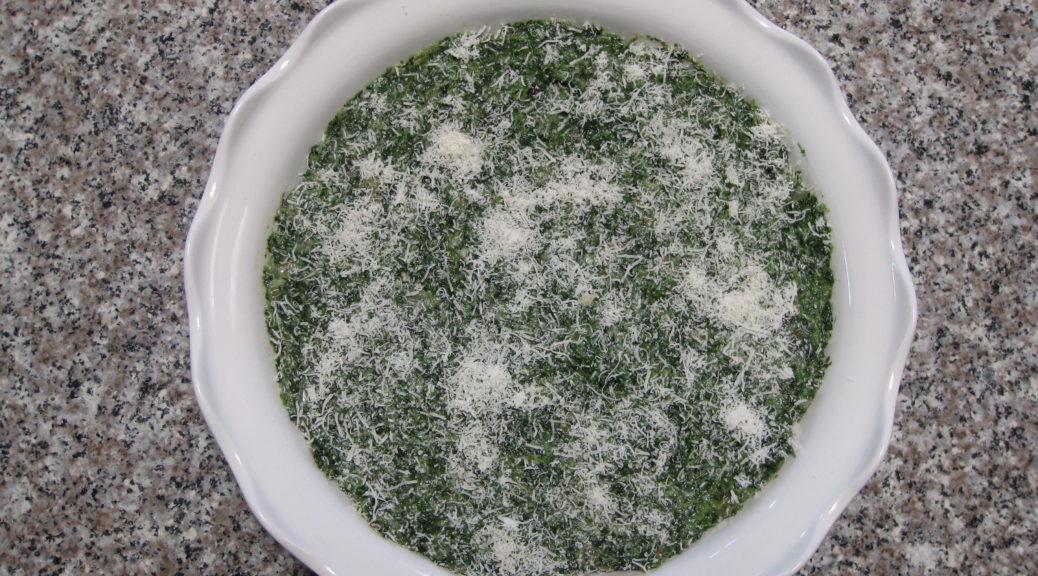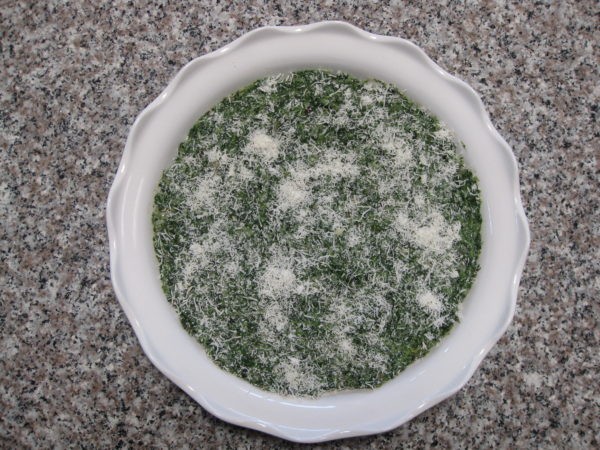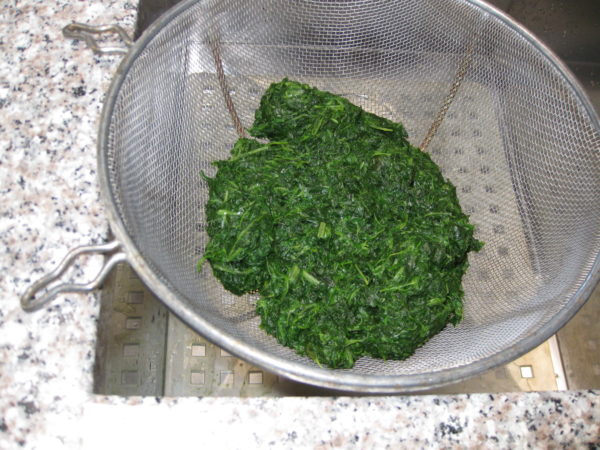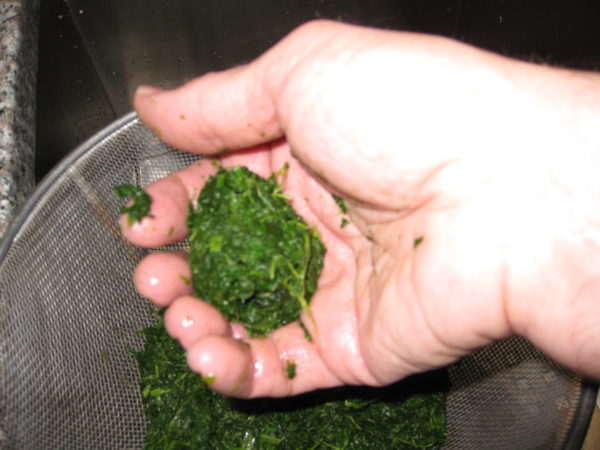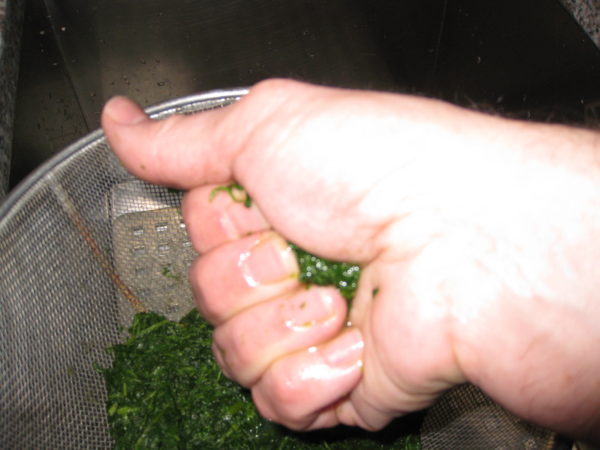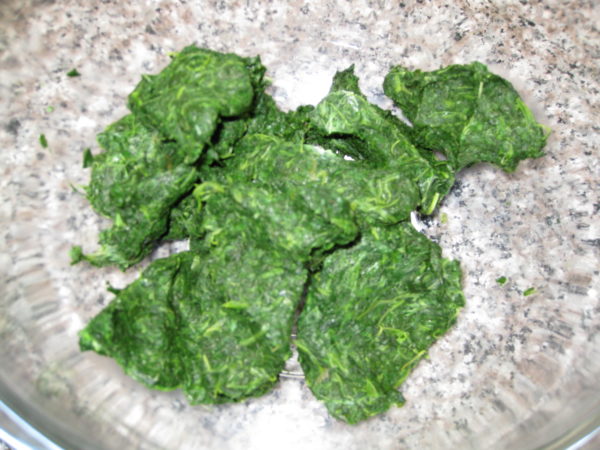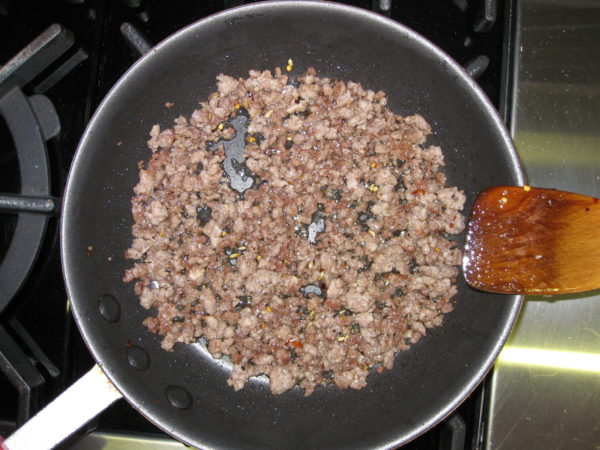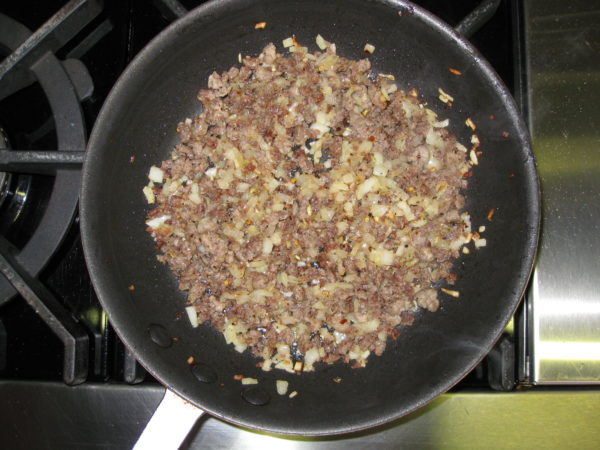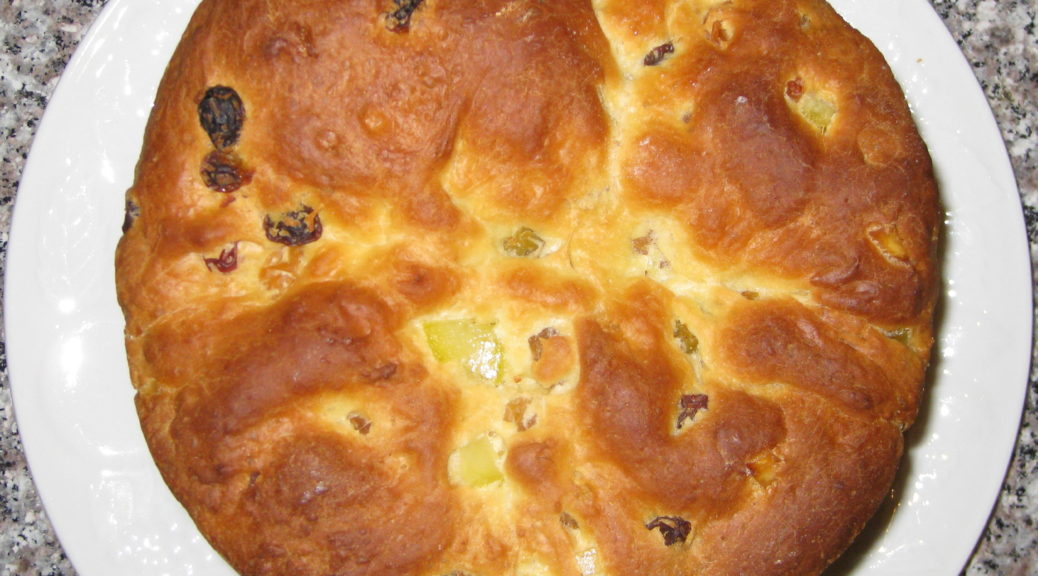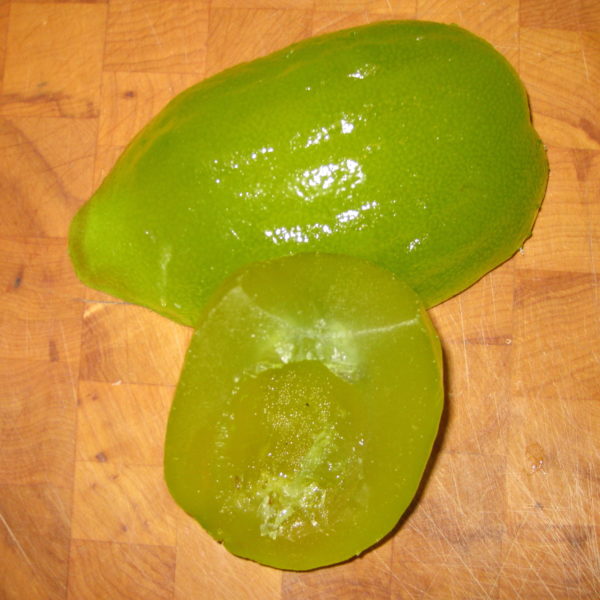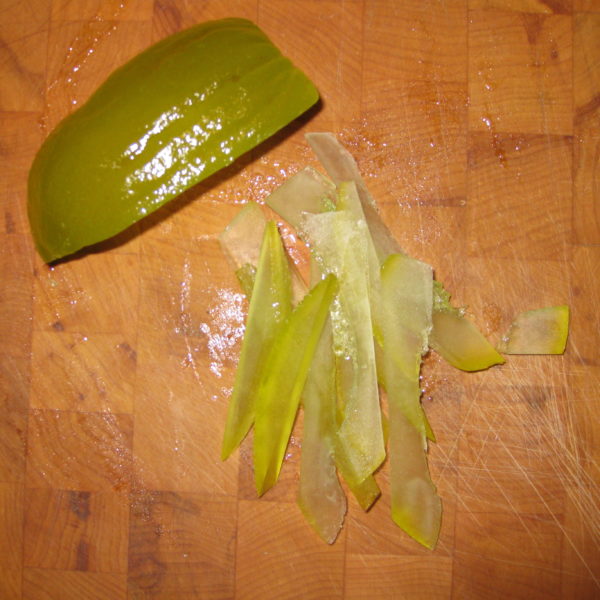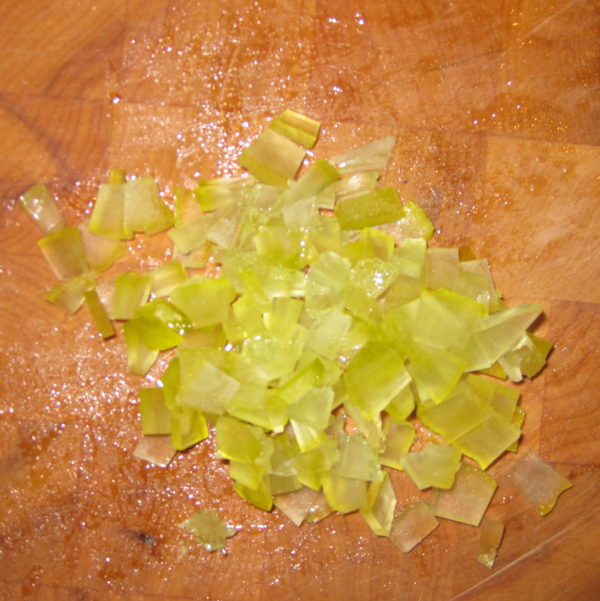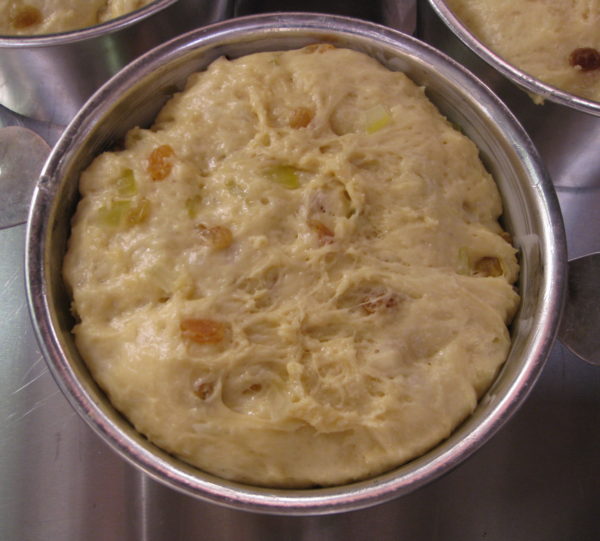October 25, 2017
“Aloha Mr. Van Sant.”
So began a 2003 email from Simon Rusconi, the Hotel Manager of the Sheraton Moana Surfrider Resort on Oahu.
Mr. Van Sant, Jim to the rest of us, had complimented the resort on its guava cake and Mr. Rusconi was writing to share the recipe.
Jim printed out the email and affixed it to an index card and put it in his recipe box. Late in 2016, the subject of the guava cake came up somehow at a dinner party at Jim and Bill’s house. Jim offered to share the recipe with me if I was interested.
I was, and I said that I’d make it for him. Shortly thereafter, the original recipe arrived in the mail still affixed to the index card. Not wanting to keep his original, I scanned it into my recipe database and returned the hardcopy.
Since Jim and Bill rent a home in Palm Springs just steps from our house, and since baking cakes at nearly 8000 feet where I live in New Mexico is an iffy proposition, at best, I said I’d bake the cake in Palm Springs. Every winter they rent the Oscar Mayer House. Yes, that Oscar Mayer!
We had a delightful luncheon at tables set up around their pool with guava cake for dessert.



But that’s jumping ahead.
Receiving the recipe from Jim was merely the beginning. I became fascinated by guava cake without having even made one. Almost any recipe with the degree of cultural significance that guava cake seemed to garner grabs my attention. I did internet searches and combed through my Hawaiian cookbooks (of which I have a goodly number).
It appears that there are basically three variations of guava cake in Hawaii: Guava Chiffon Cake, Guava Spice Cake, and (plain old) Guava Cake. Recipes for the last often start with a box of cake mix and use Cool Whip in the cream cheese frosting.
From what my research has revealed, the original was a Guava Chiffon Cake invented by Herbert Matsuba, owner of the Dee Lite Bakery, in the early 1960s.
The popularity of the cake no doubt led to multiple copycat recipes, including those using a box of cake mix and Cool Whip aimed at the home cook.
The recipe from the Moana Surfrider was a Guava Spice Cake. I followed the recipe closely the first time except that I needed to find a substitute for frozen concentrated guava nectar which I was unable to find after scouring 10 grocery stores in Palm Springs and nearby desert towns.
I ultimately was able to source pure guava puree at a market catering to Hispanic shoppers. It had no sweeteners so I thought I might need to add sugar to the batter in a subsequent trial but for the first round I used the guava puree as a direct substitute for concentrated guava nectar.
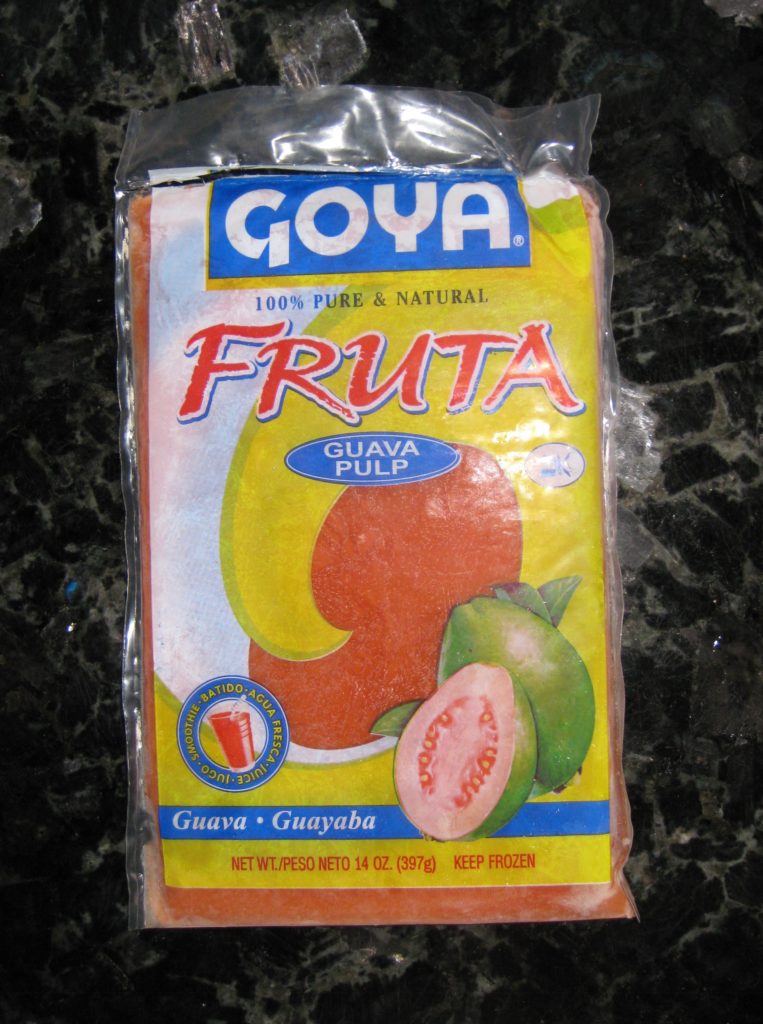
The cake was good but everyone who tasted it failed to taste any guava. It really just tasted like a spice cake. Certainly it was not worth hours of searching for guava concentrate only to have the flavor masked by spices.
Other than guava chiffon cake, which was definitely not the same genre as the cake that Jim had at the Moana Surfrider, I could not find a recipe for plain guava cake that did not start with a box of cake mix. I decided to make the original recipe without the spices.
That did it! The guava flavor came through but something told me that Herbert, a professional baker, might have used something to amp up the guava flavor.
That started me on a search for natural guava extract. I found a wonderful extract made by Amoretti.
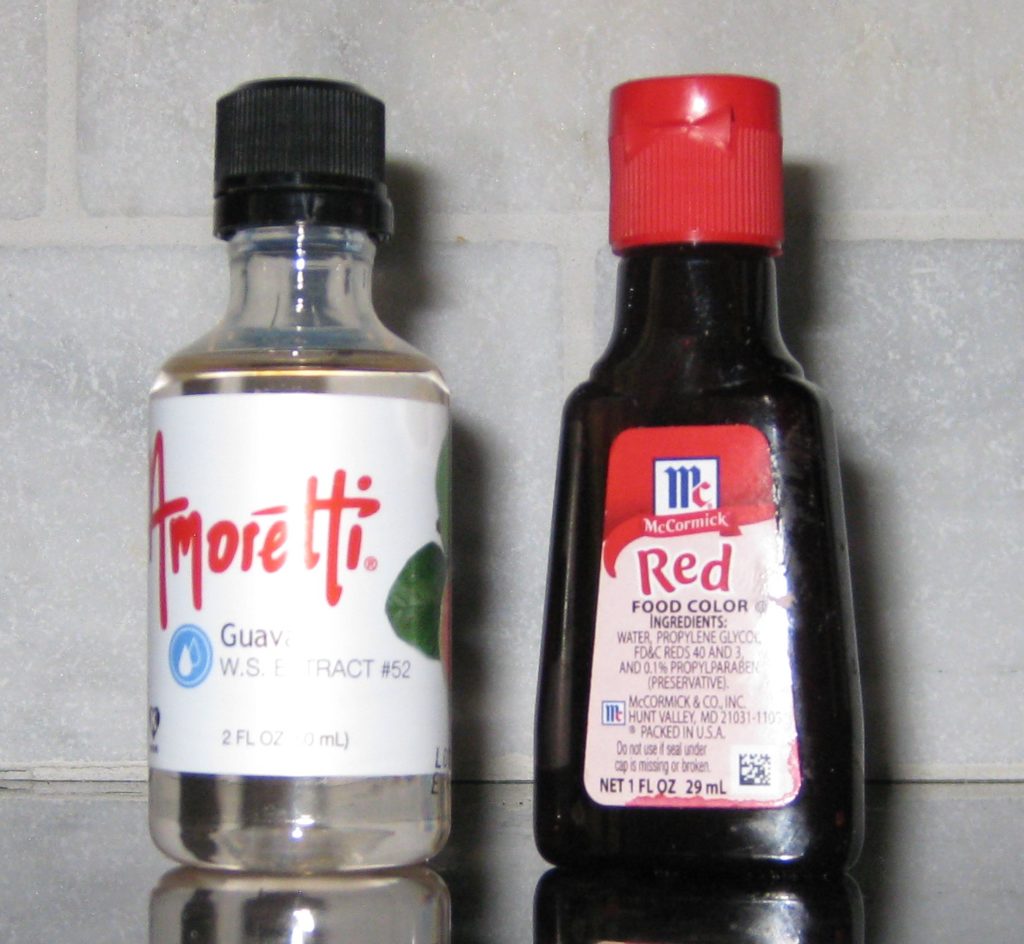
The next time I made the cake, I added a tiny bit of guava extract to the batter. I believe it enhanced the flavor but if one is not going to make a lot of guava cakes I would consider omitting the guava extract as it is expensive and very concentrated so a little bottle will last a long, long time.
For an everyday cake, I suggest baking it in a 9” x 13” x 2” rectangular pan. For a more special presentation, make a layer cake by dividing the batter between two 9” round pans. If you are doing the latter, make a double batch of cream cheese frosting. You’ll have a little left over but a single batch will not be enough. You could always whip up half a batch of batter and make guava cupcakes to use the extra frosting!
In honor of Oscar Mayer, in whose house we all came together over Jim’s Hawaiian Guava Cake, I recommend the following tribute. Who knew there were so many variations on the Oscar Mayer Wiener theme?
Follow us
Click HERE to join our mailing list and you’ll never miss a recipe again!
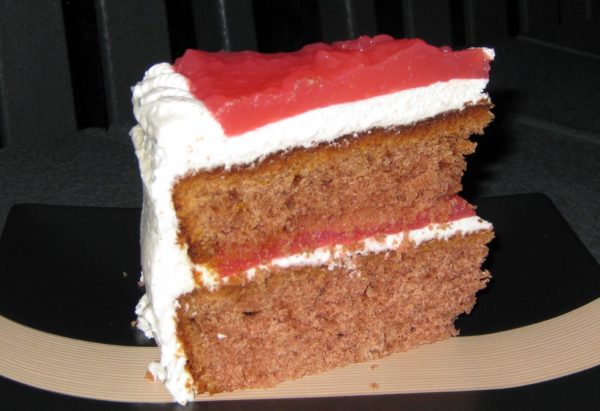
| Prep Time | 2 hours |
| Cook Time | 1 hour |
| Passive Time | 3 hours |
| Servings |
people
|
- 2 cups sugar
- 1 cup butter room temperature
- 4 eggs room temperature
- 3 cups cake flour
- 1 1/4 teaspoons baking soda
- 1 cup guava pulp
- 1/2 cup guava nectar not concentrate
- 1/4 teaspoon Amoretti guava extract optional
- 10 drops red food coloring
- 2 cups guava nectar not concentrate
- 1/2 cup sugar
- 1/4 cup cornstarch
- 10 drops red food coloring
- 8 ounces cream cheese room temperature
- 1/3 cup sugar
- 1 teaspoon vanilla extract
- 1 cup heavy whipping cream very cold
- 2 tablespoons sugar
Ingredients
Cake
Guava Gel
Cream Cheese Frosting (make a double batch for the round cake)
|

|
- Butter and flour a 9 x 13 x 2 inch metal cake pan or two 9 inch round cake pans.
- Combine flour and baking soda. Reserve.
- Combine guava puree, guava nectar, guava extract and red food coloring. Reserve.
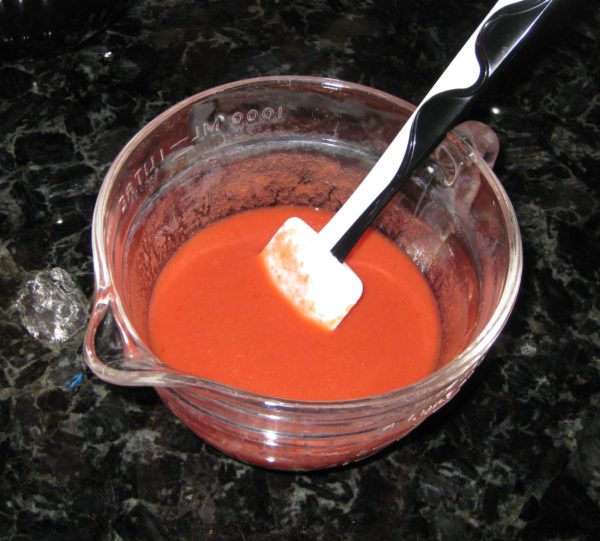
- Cream butter until light. Add sugar and cream until light and fluffy.
- Beat in eggs, one at a time, creaming well after each addition.
- On low, add dry ingredients alternating with wet ingredients, starting and ending with dry ingredients.
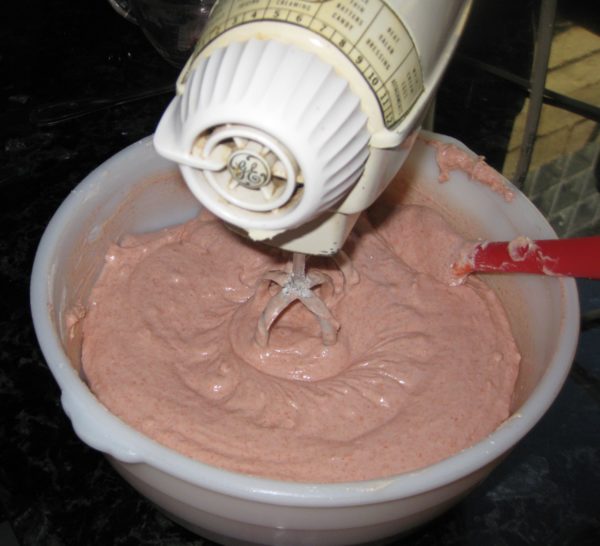
- For the rectangular pan: pour the batter into the prepared pan. Smooth the top. Rap the pan on the counter to release any air bubbles.
- Bake 350°F 40-45 minutes or until a tester comes out clean.
- Cool the cake in the pan then refrigerate.
- Frost with cream cheese frosting being careful to make the top of the frosting level. Refrigerate several hours to firm up the frosting.
- Top with guava gel and smooth out to the edges. Refrigerate several hours to set the frosting and gel.
- Bring the cake to room temperature before serving.
- For the round pans: Pour the batter into the prepared pans. Smooth the tops. Rap the pans on the counter to release any air bubbles.
- Bake 350°F 30-35 minutes or until a tester comes out clean.
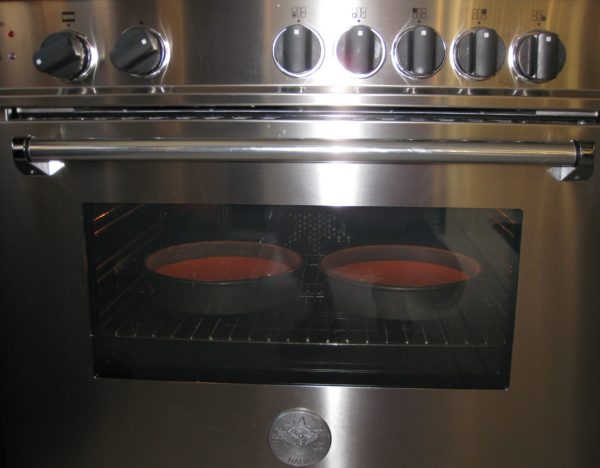
- Cool the cakes in the pans for 10 minutes. Remove and cool completely on a wire rack.
- Wrap the cakes and refrigerate until cold, or up to one day.
- Slice the rounded tops of the cakes off to make them level.
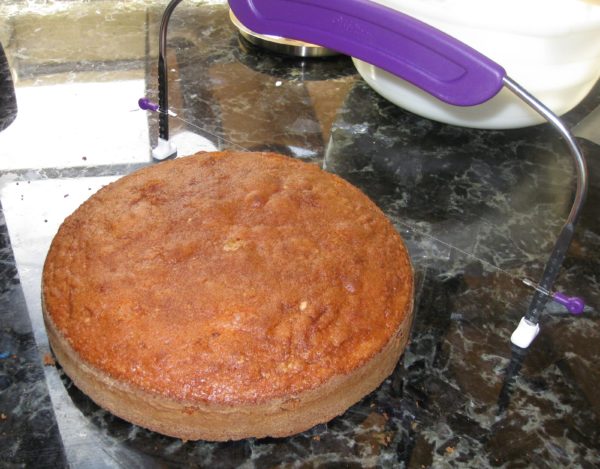
- x
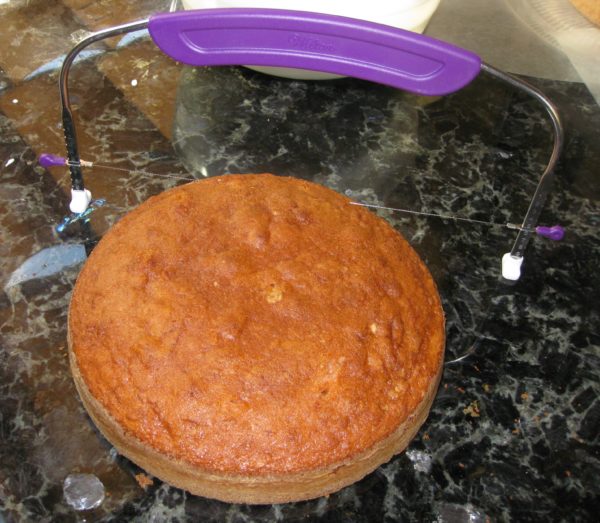
- Put one layer, cut-side-down on a platter.
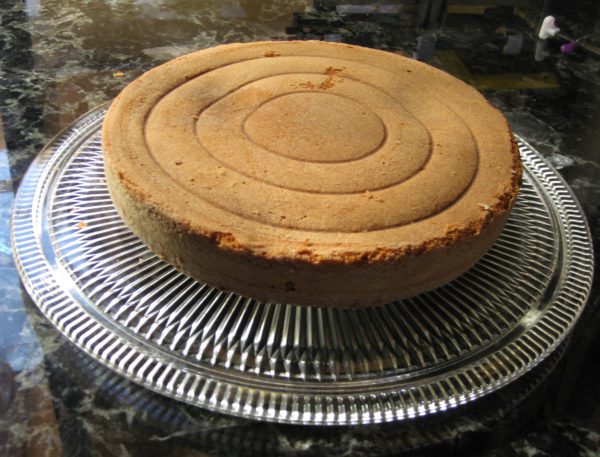
- Put a layer of cream cheese frosting on the top of this layer.
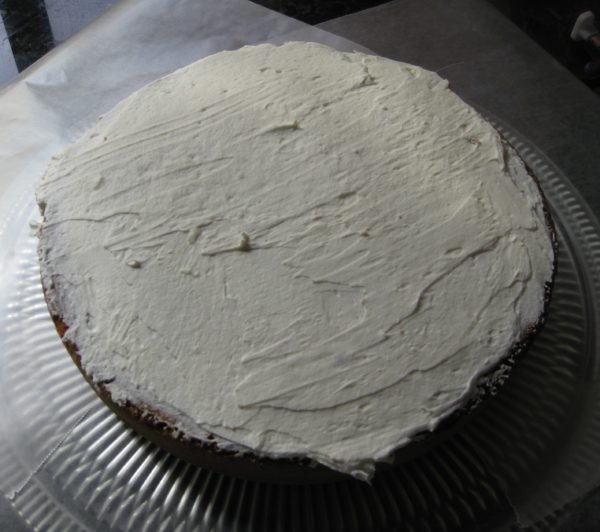
- Pipe a rim of frosting around the edge to hold the guava gel. This does not need to be fancy as it will be smoothed out.
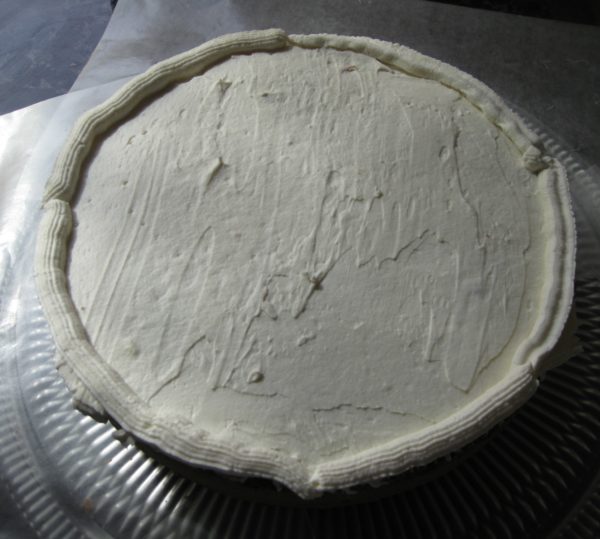
- Put just under ½ of the guava gel on top of the frosted bottom layer.
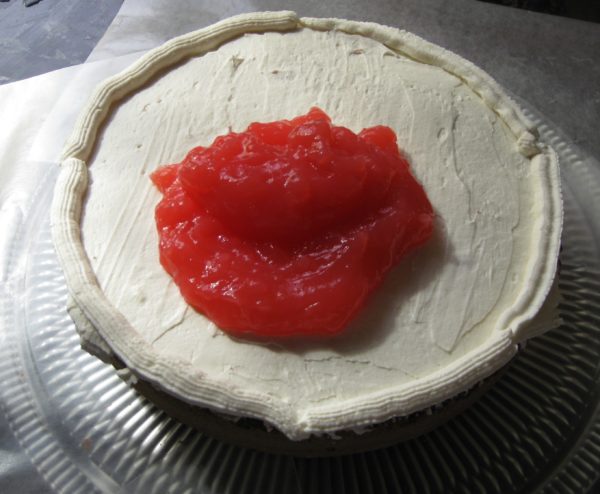
- Smooth the gel out to the piped edge.
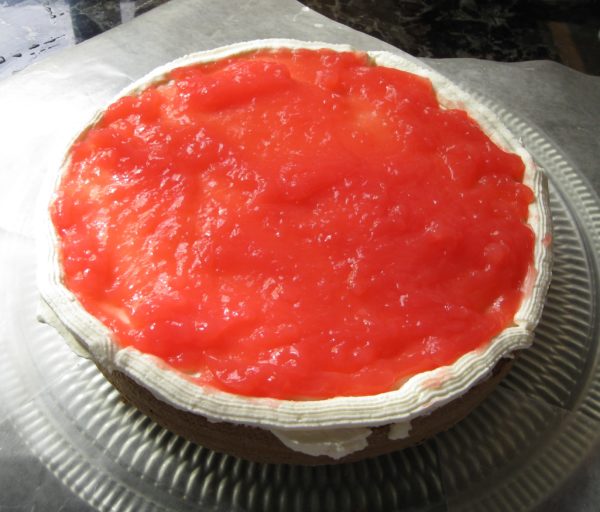
- Top with the remaining cake, cut side down.
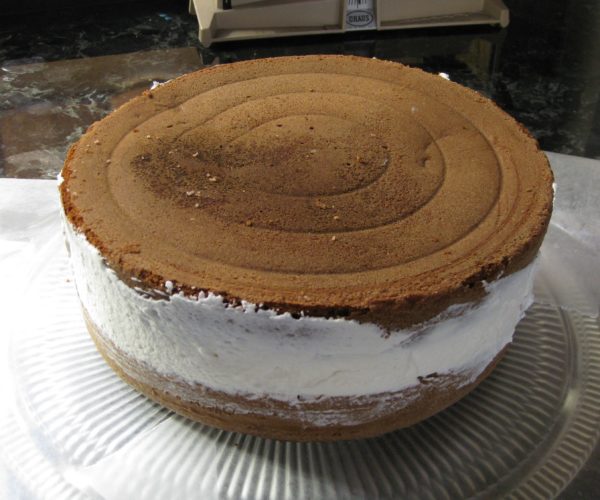
- Generously frost sides and top of the cake with cream cheese frosting.
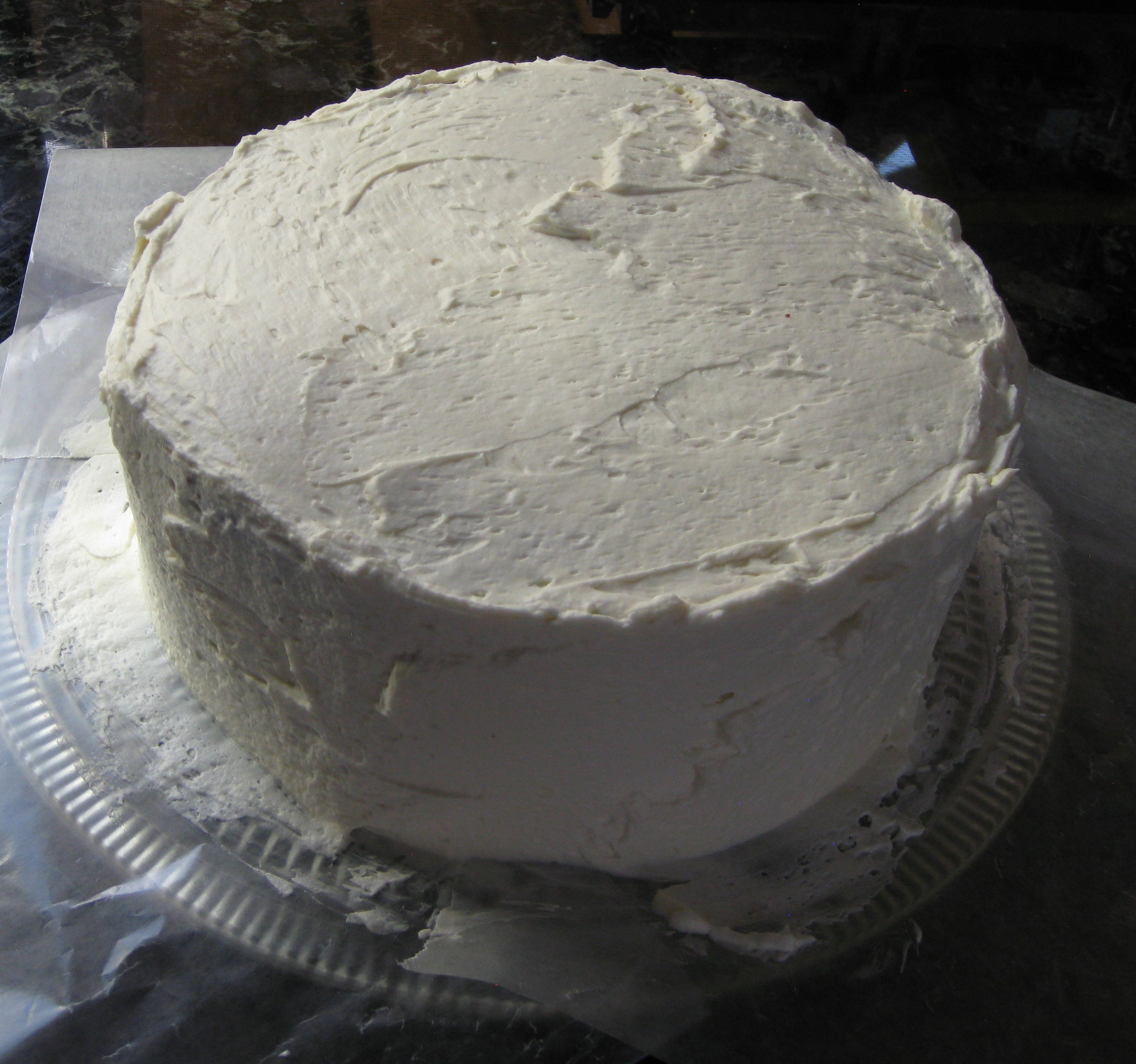
- Pipe a decorative border around the edge of the top layer.
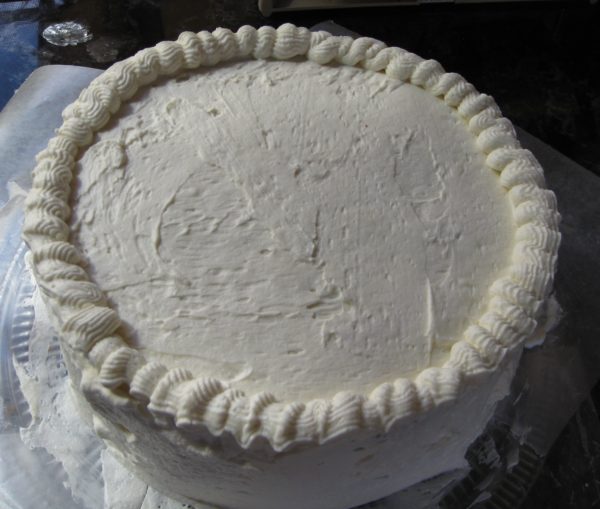
- Pour the remaining guava gel on top and smooth out to the edges.

- Refrigerate several hours to set the frosting and gel.
- Bring to room temperature before serving.
- Put the cornstarch in a small heavy-bottomed sauce pan.
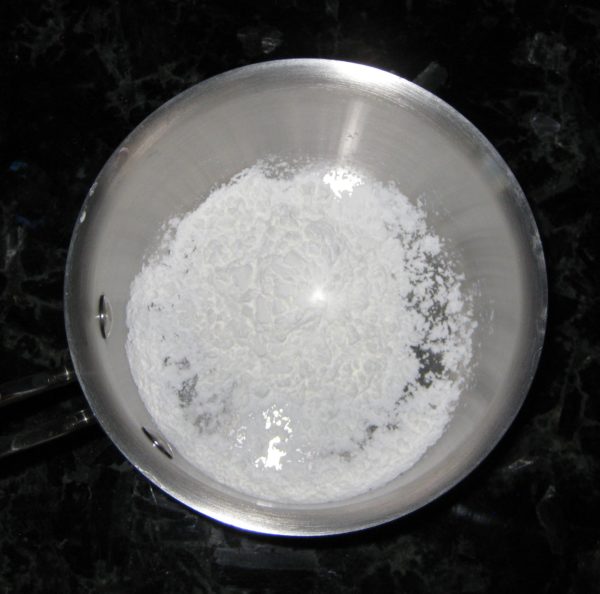
- Stir in the guava nectar, a little at a time, to dissolve the cornstarch without forming lumps.
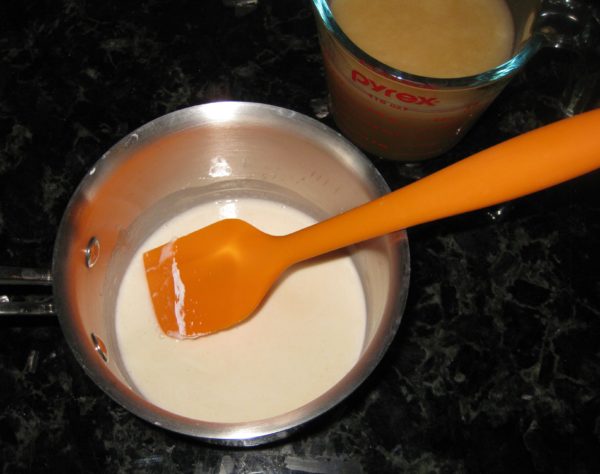
- When dissolved, add the remaining guava nectar and sugar.
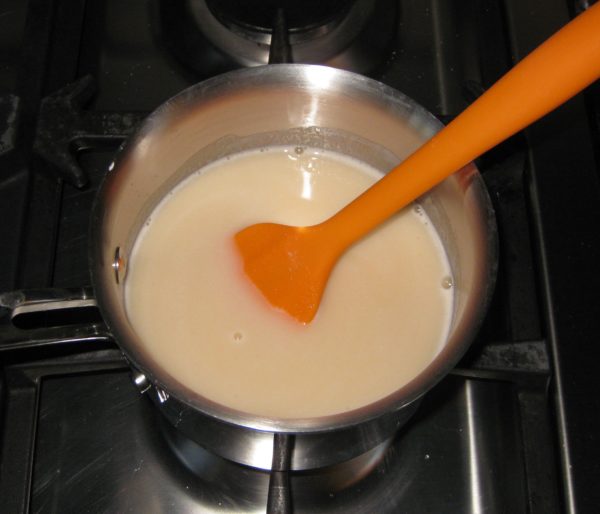
- Cook over medium heat, stirring constantly, until it comes to a full boil.
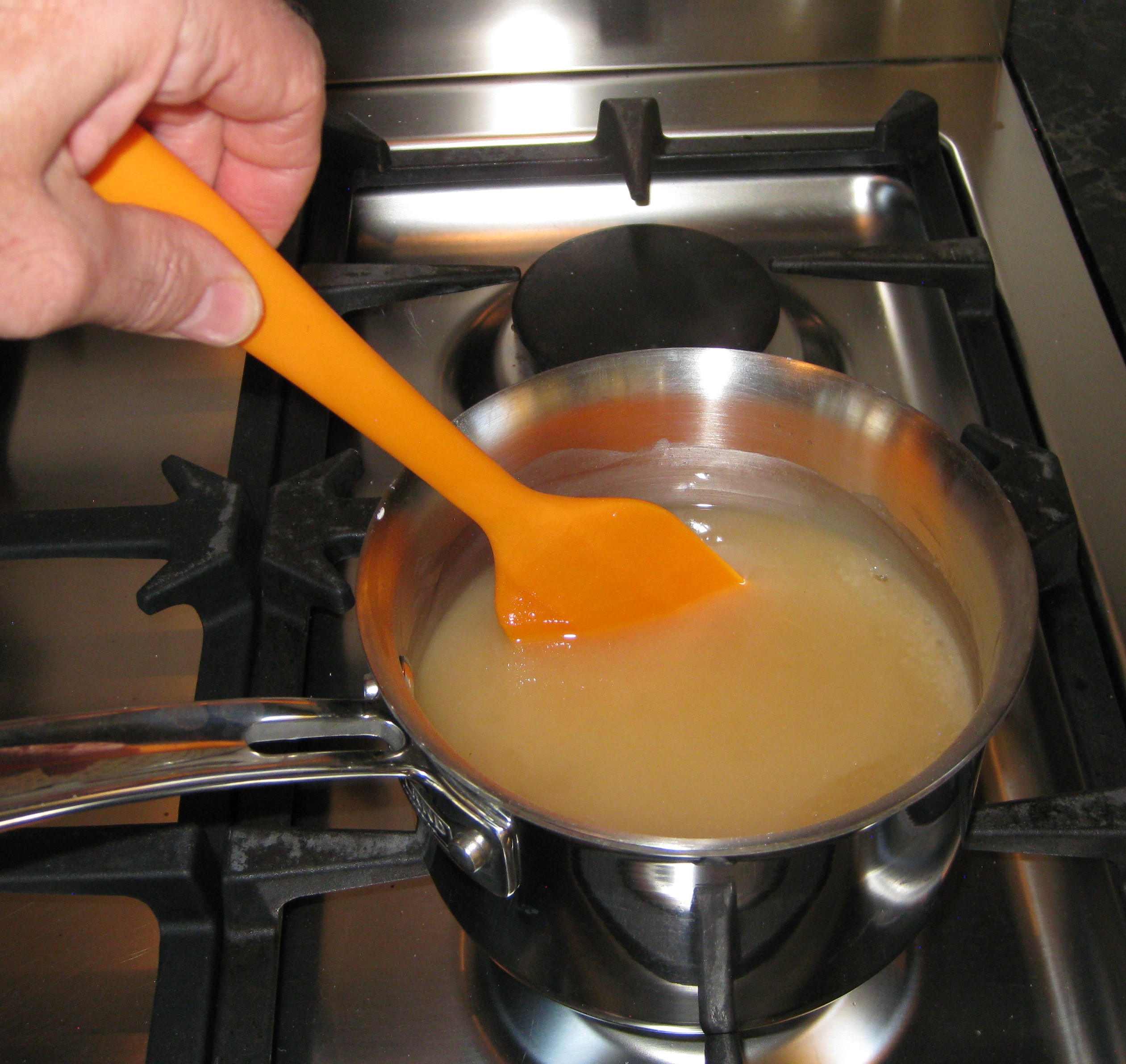
- Remove from heat and stir in red food coloring.
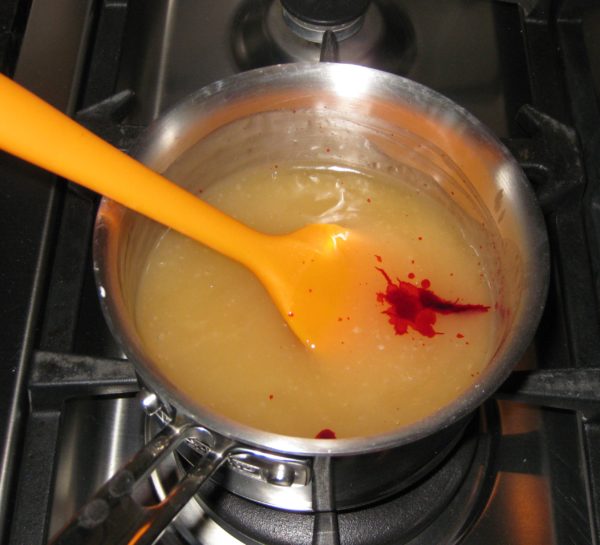
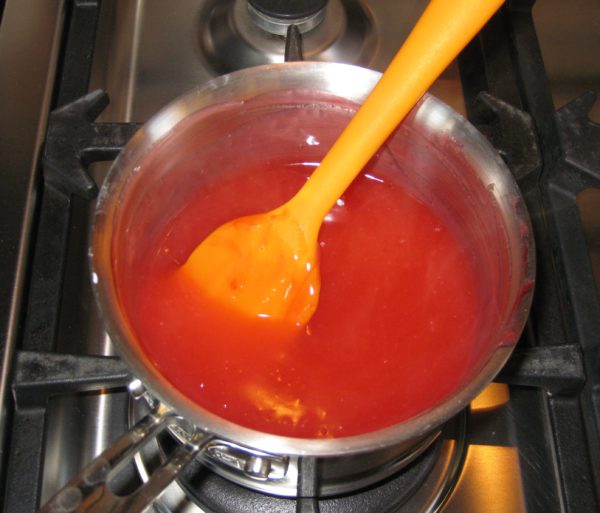
- Put a cloth on top of pan before putting cover back on to keep moisture from dripping back into the gel.
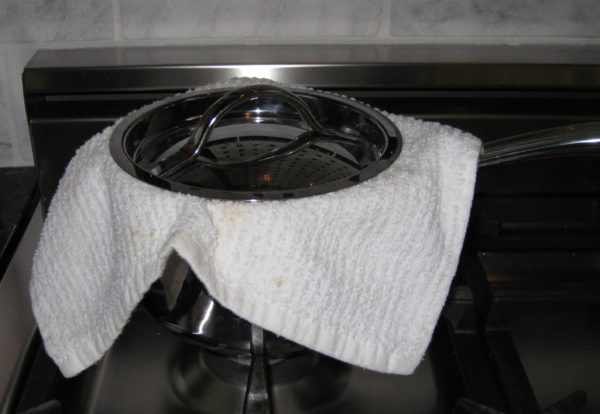
- After the gel reaches room temperature, refrigerate until cold.
- Chill the bowl and beaters for the whipped cream.
- Cream the cream cheese until light.
- Sprinkle in 1/3 cup of sugar and beat until light and fluffy.
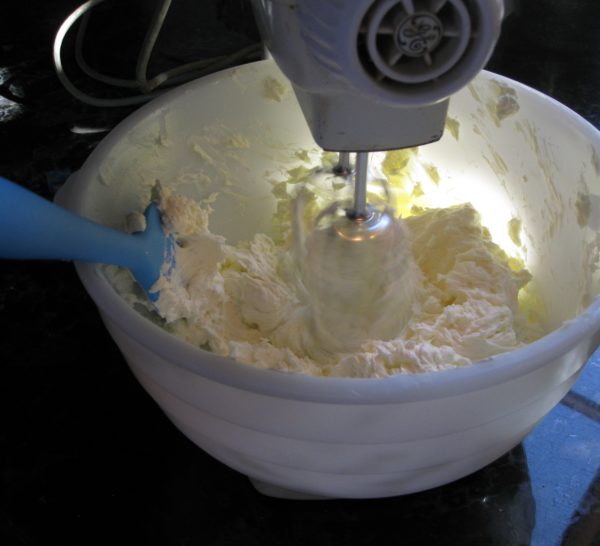
- Mix in vanilla.
- In chilled bowl, beat the whipping cream until thick.
- Add 2 tablespoons of sugar and beat until the cream forms stiff peaks.
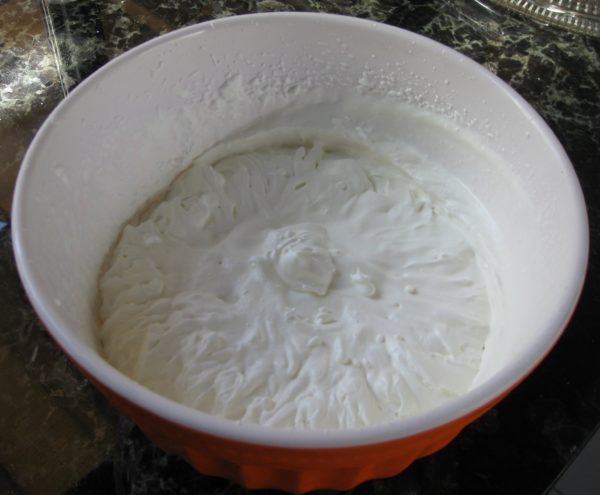
- Fold 1/3 of the whipped cream into the cream cheese to lighten it.
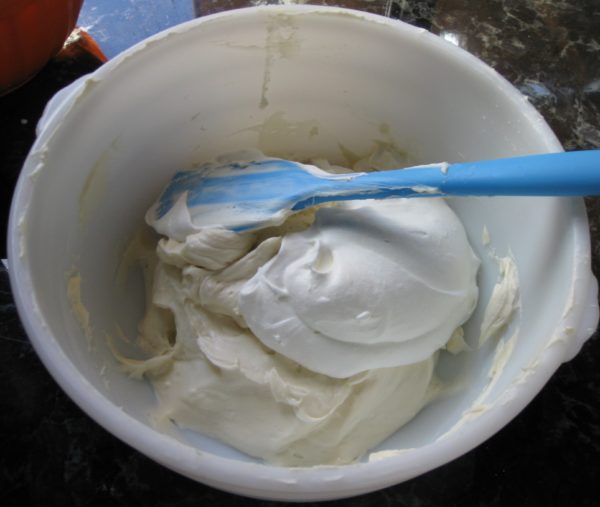
- Carefully, but thoroughly fold in the remainder of the whipped cream.
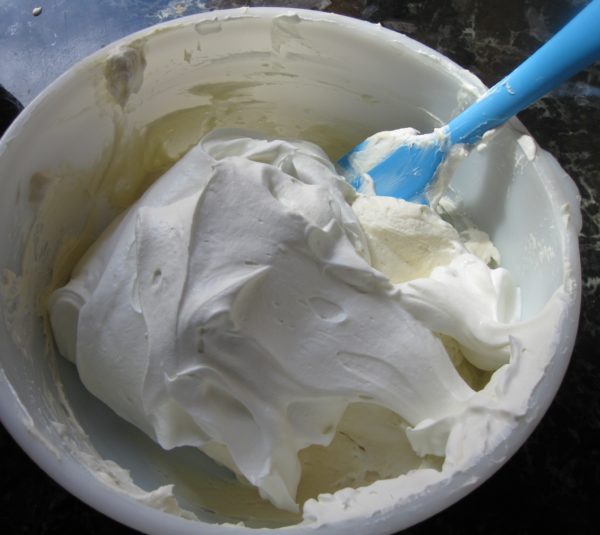
Copyright © 2017 by VillaSentieri.com. All rights reserved.

